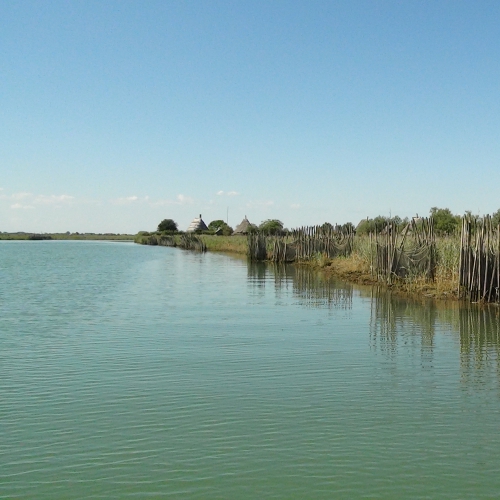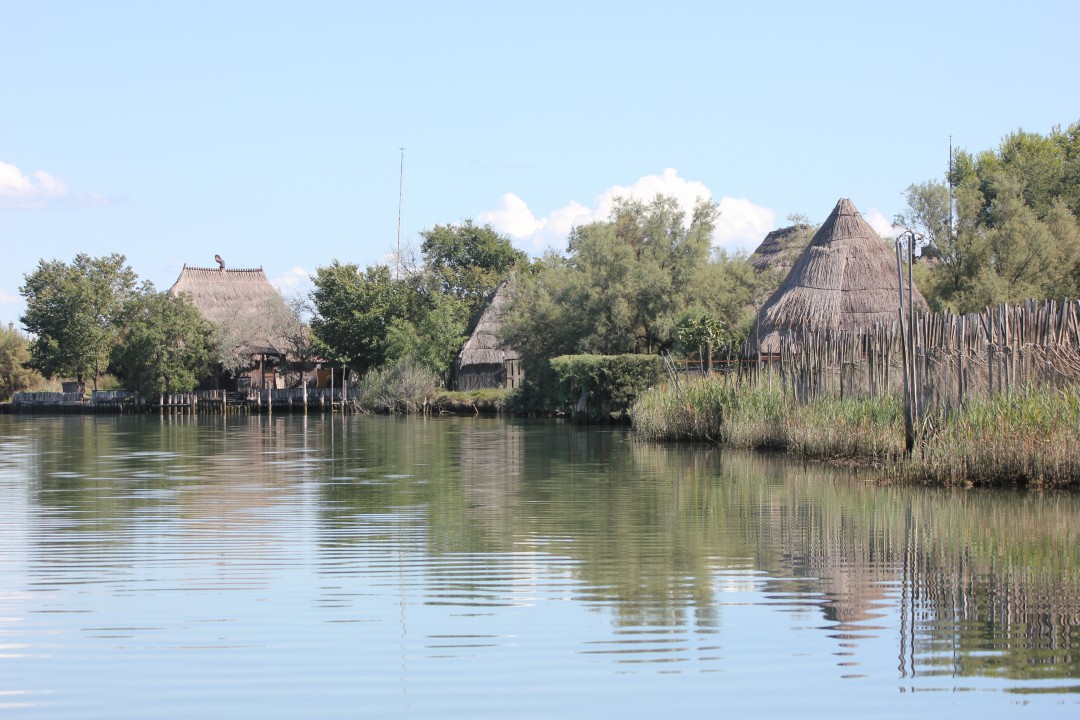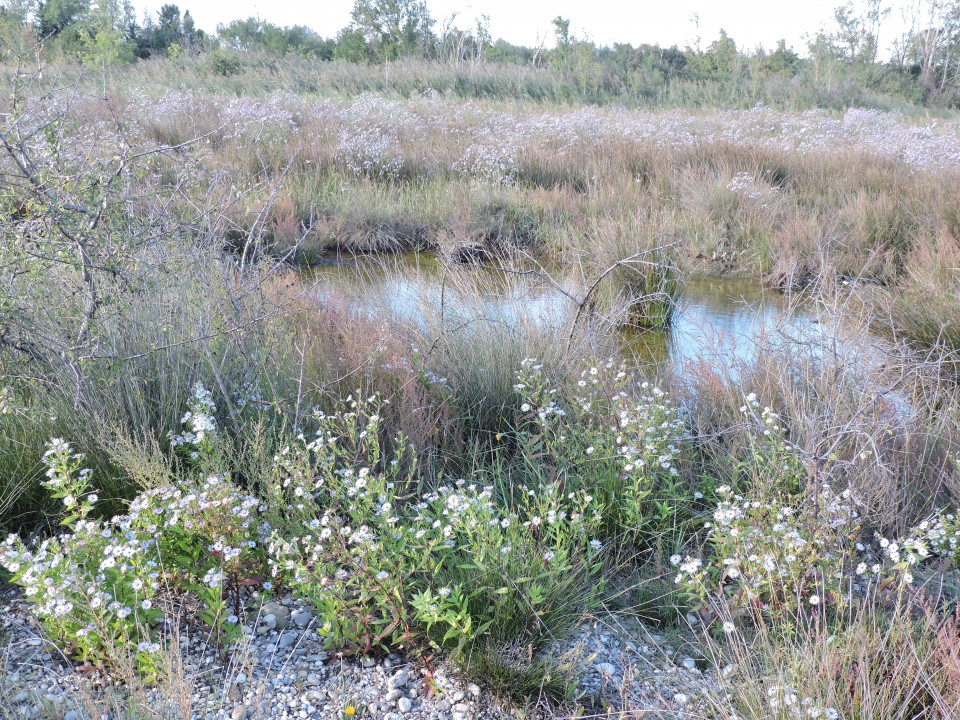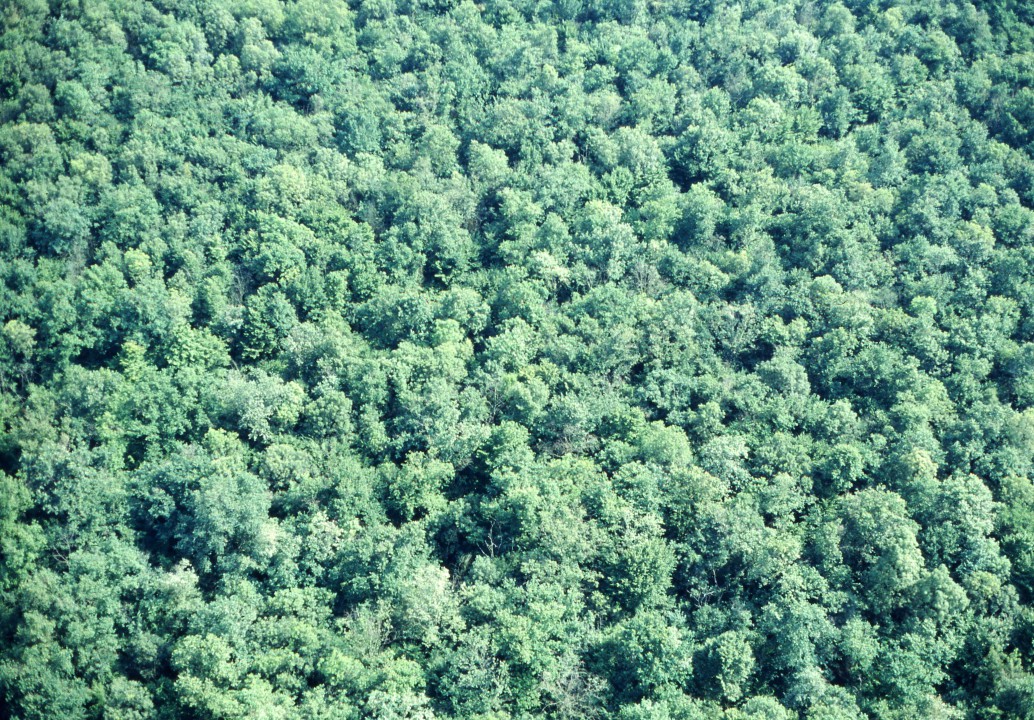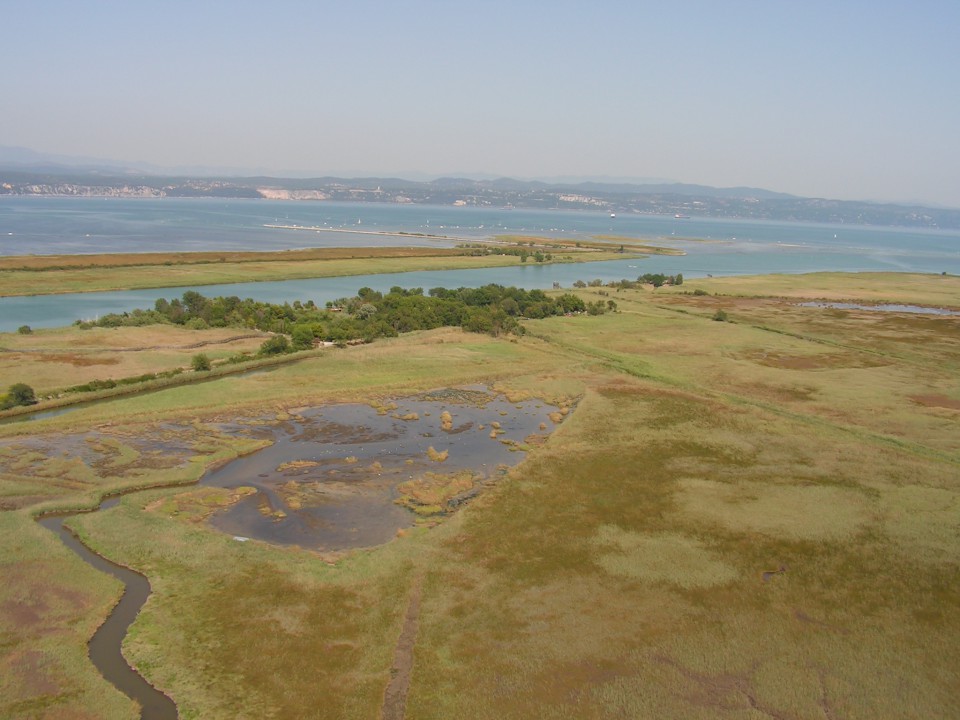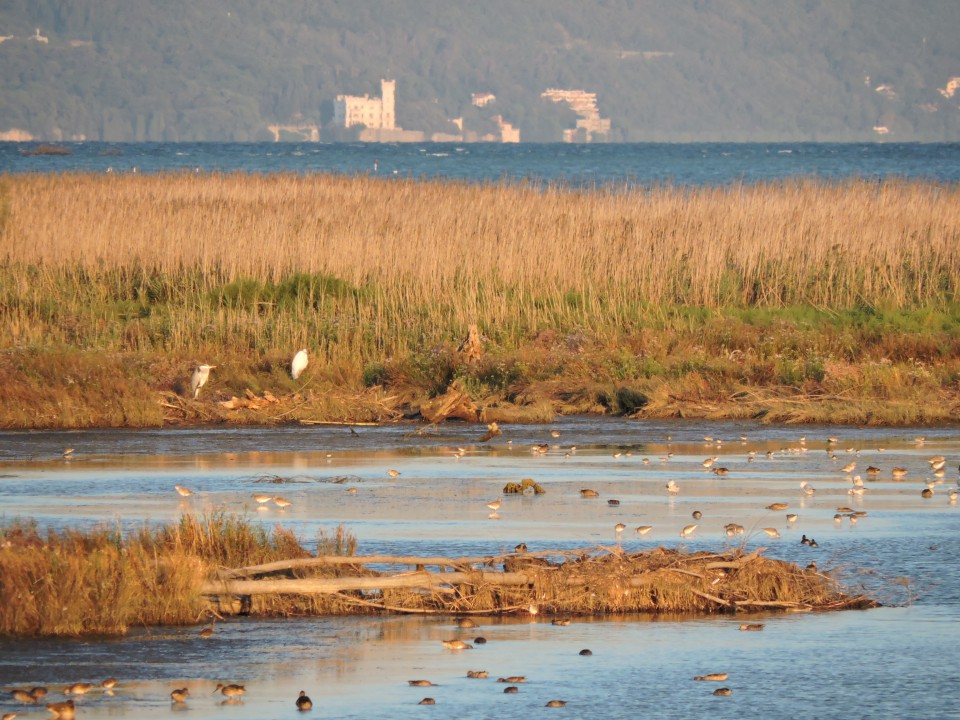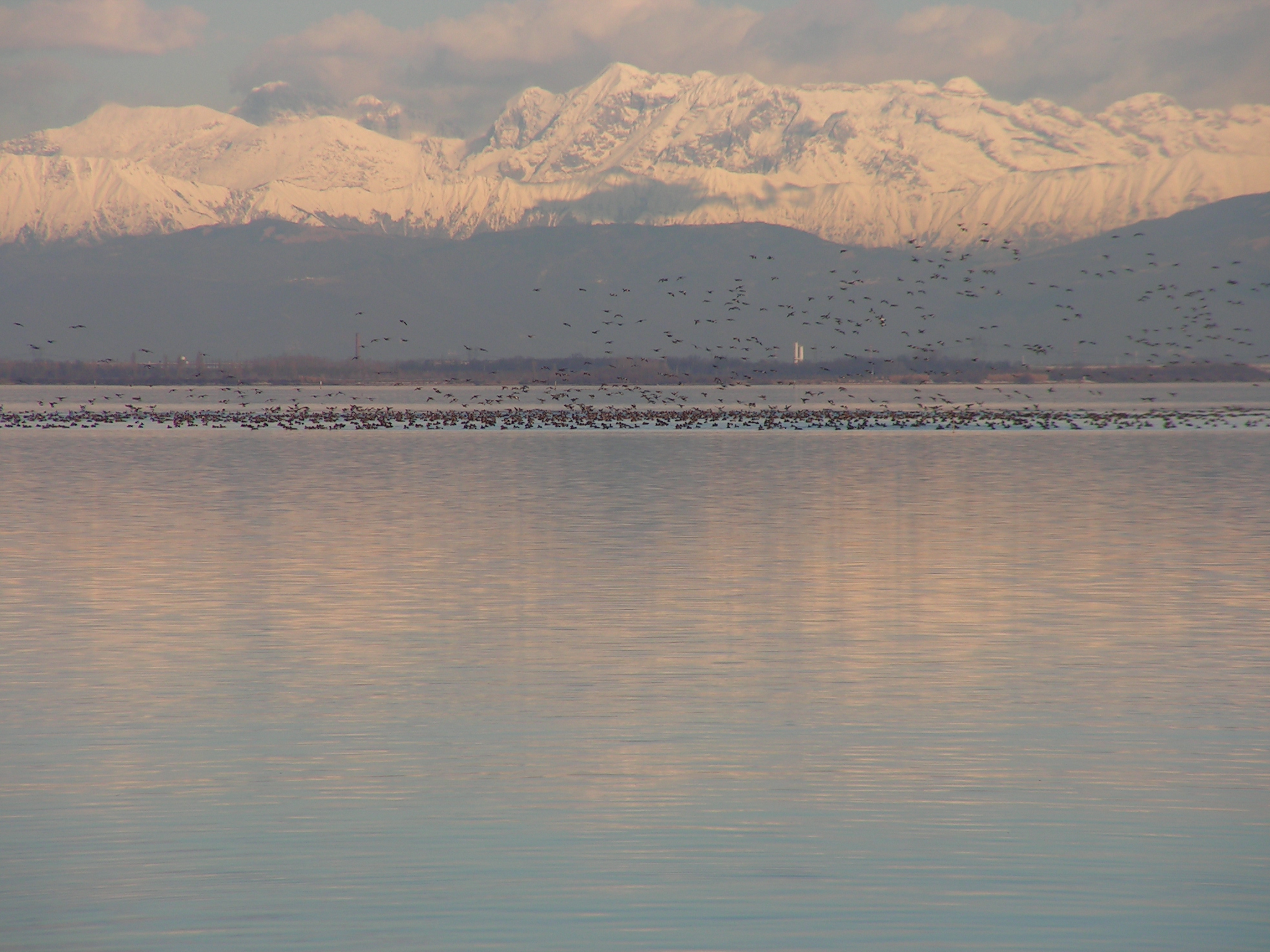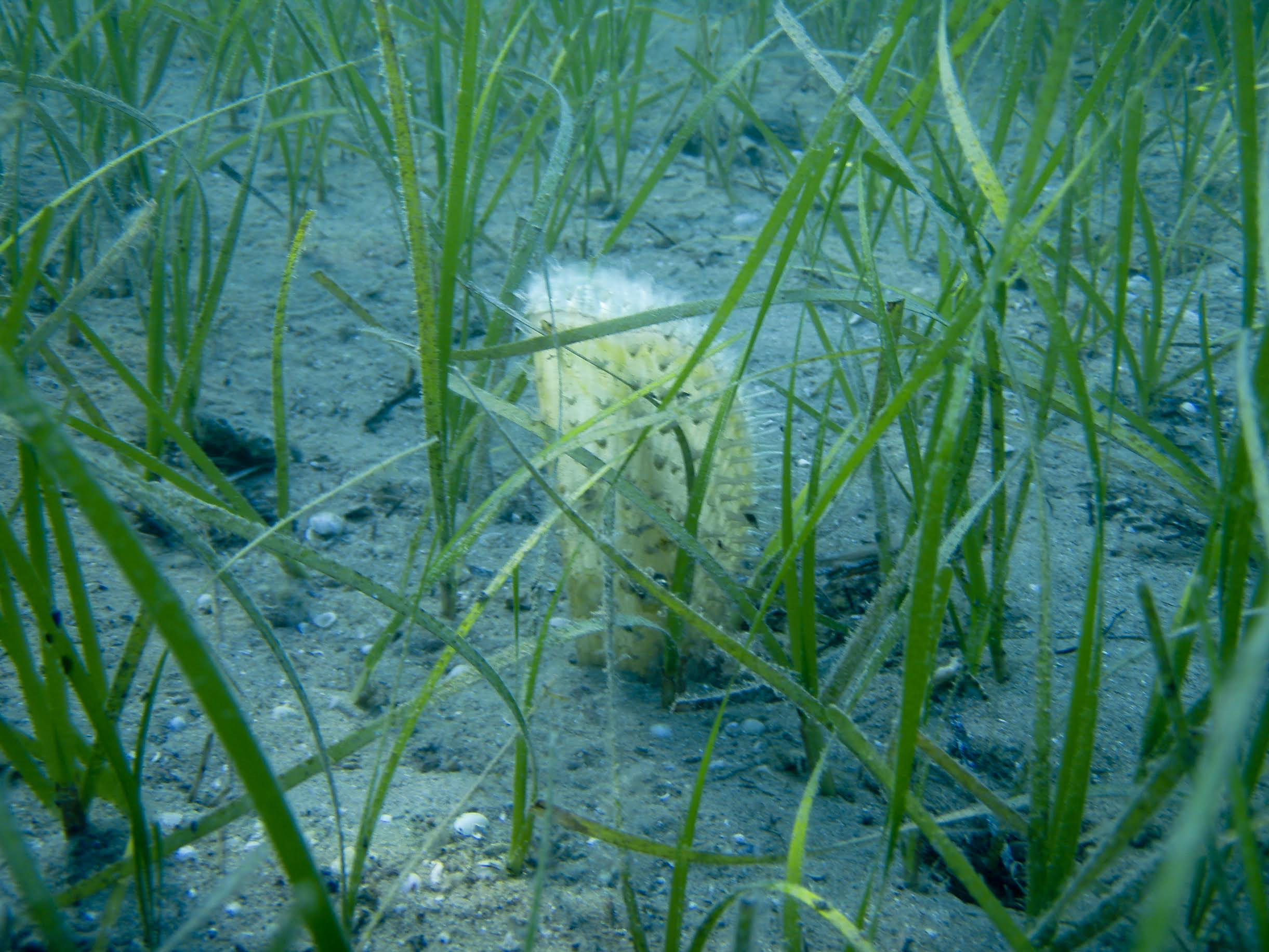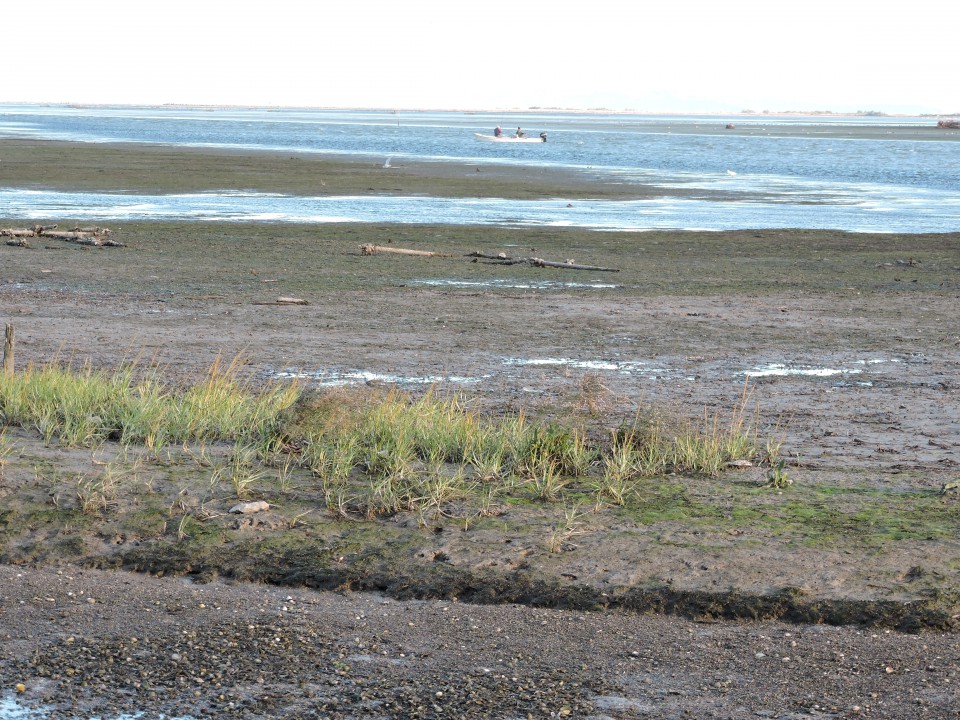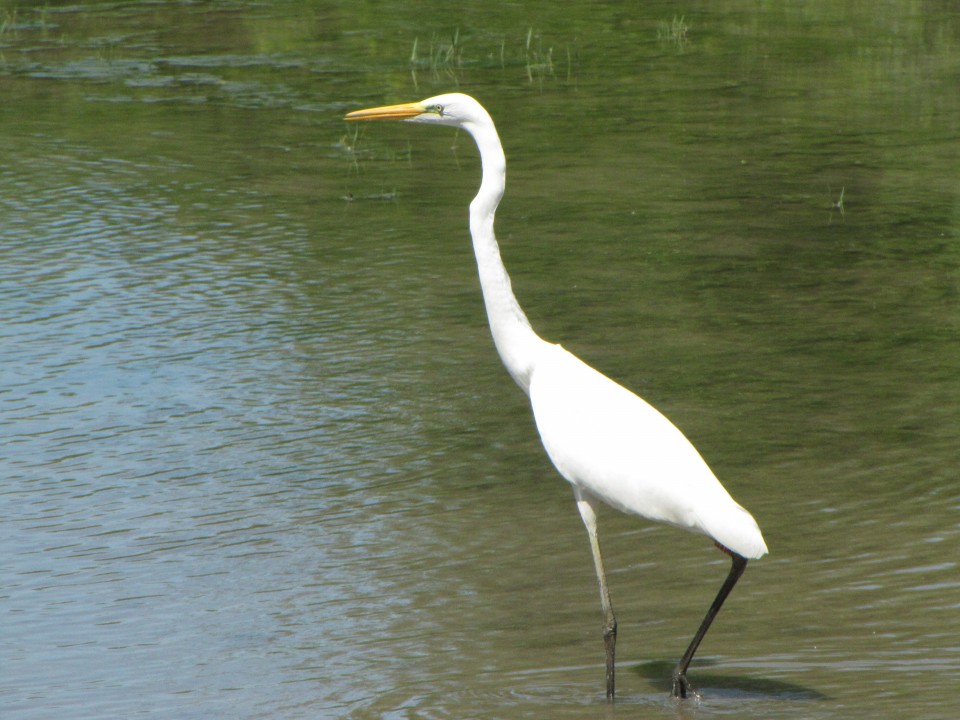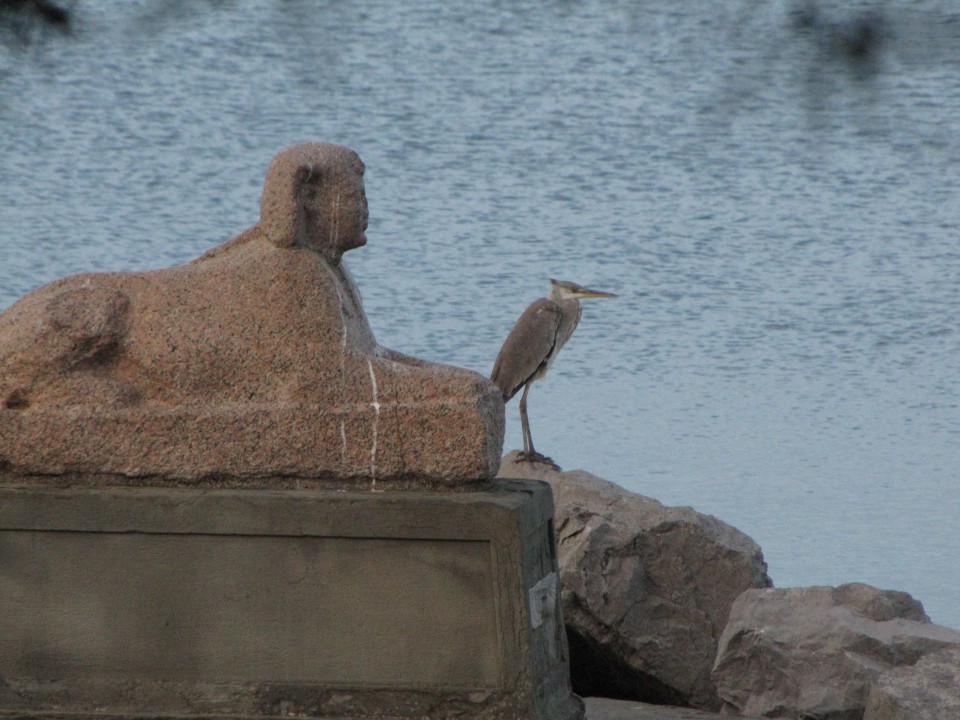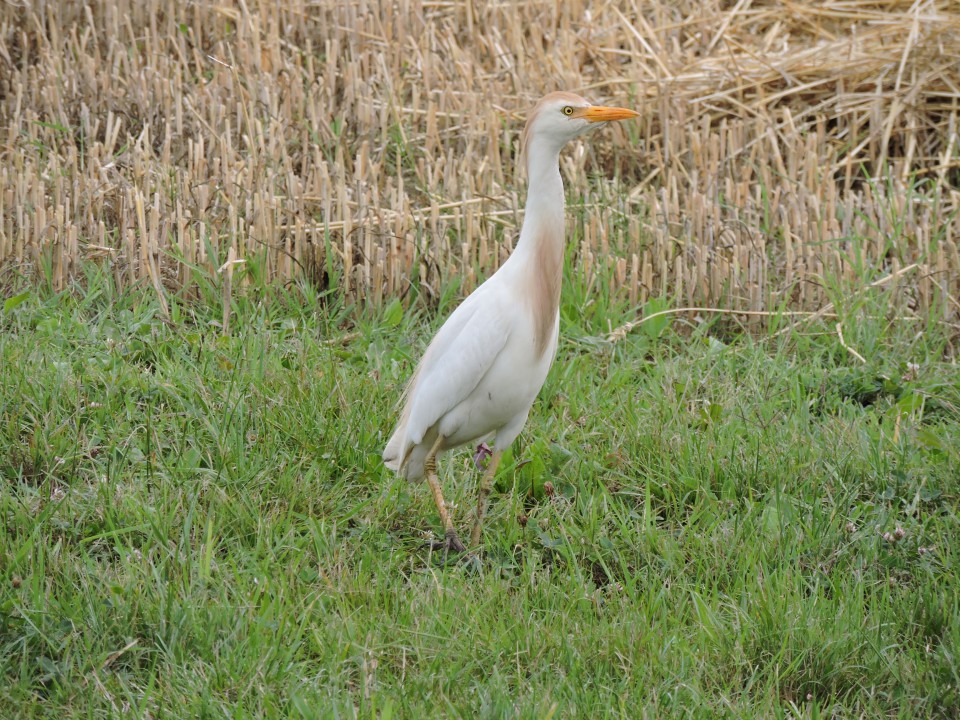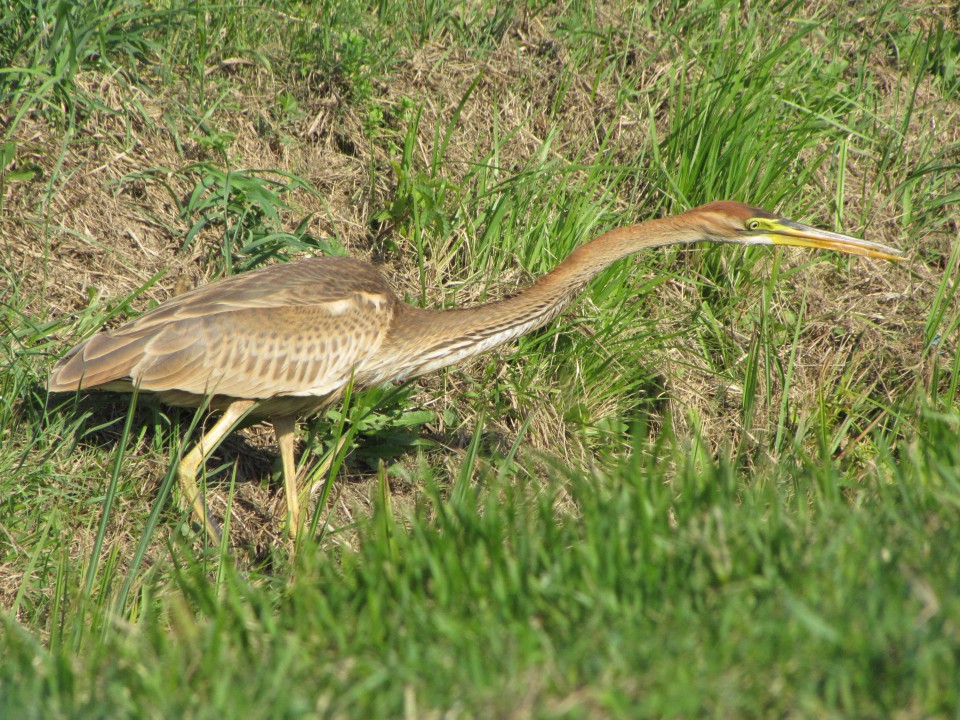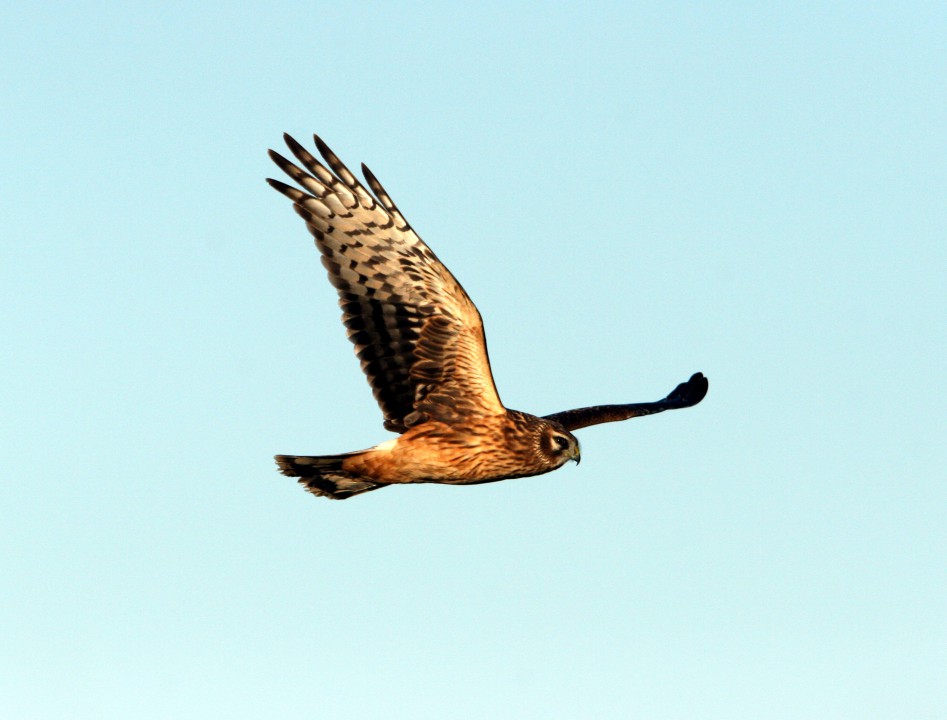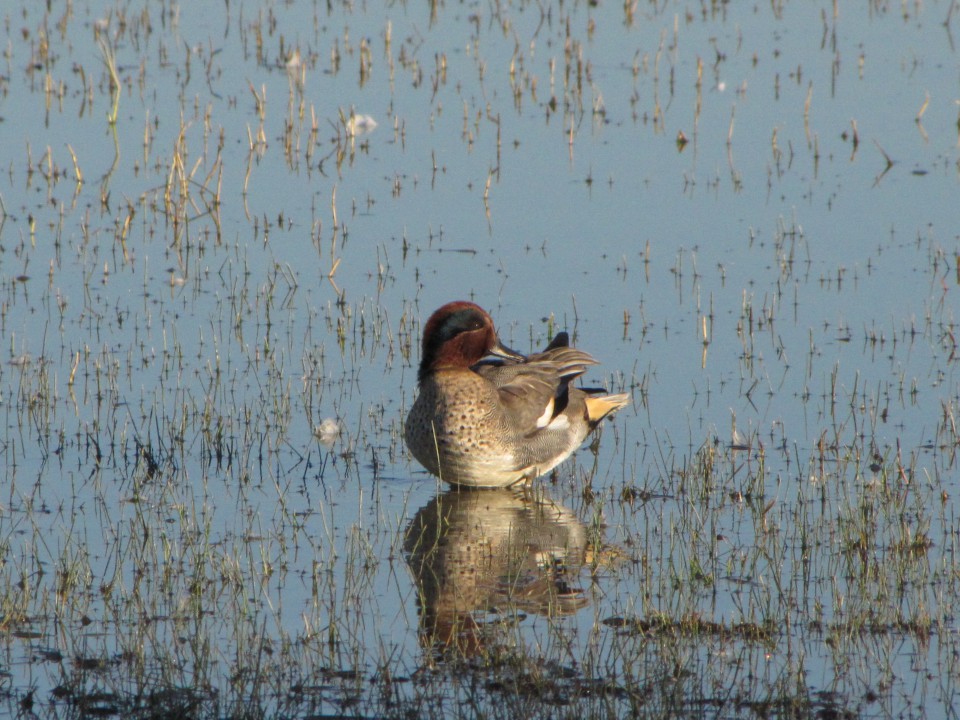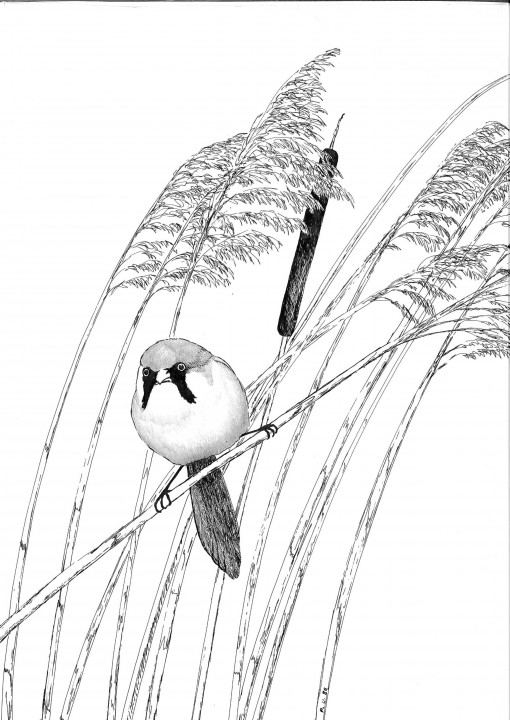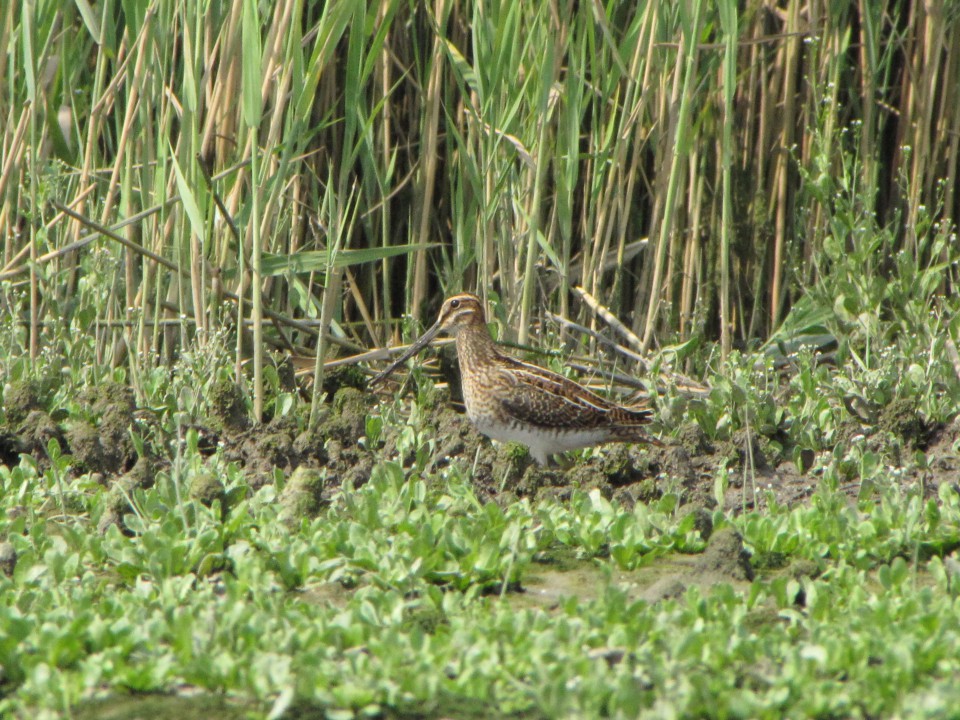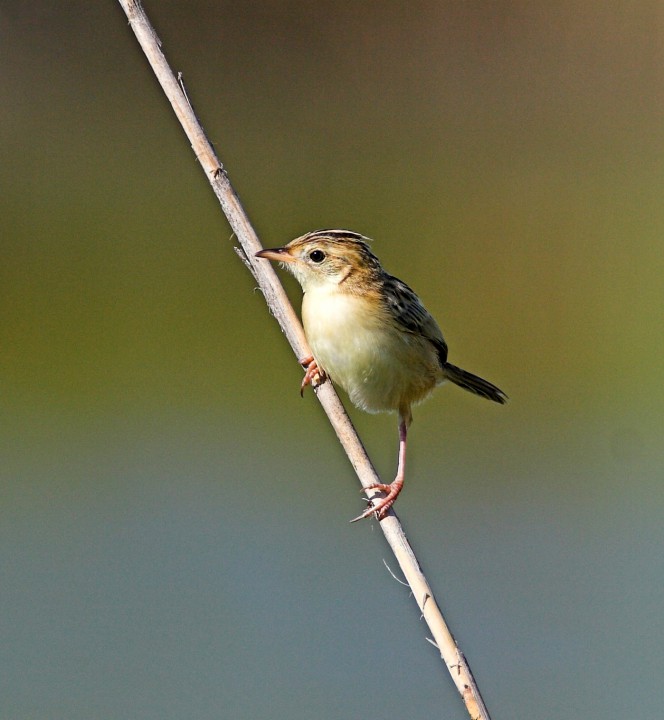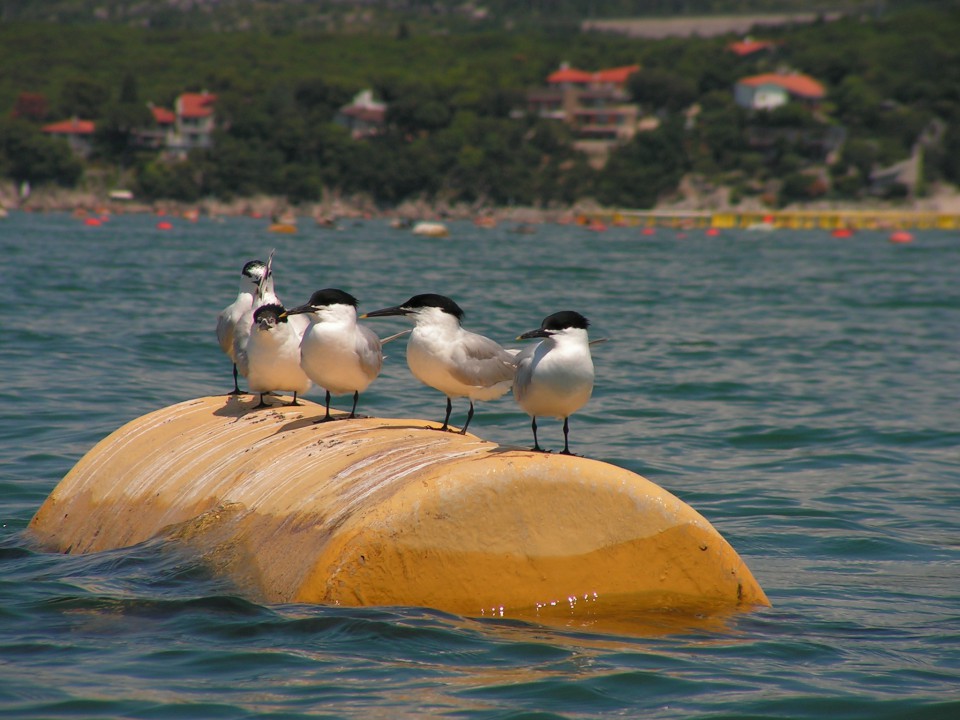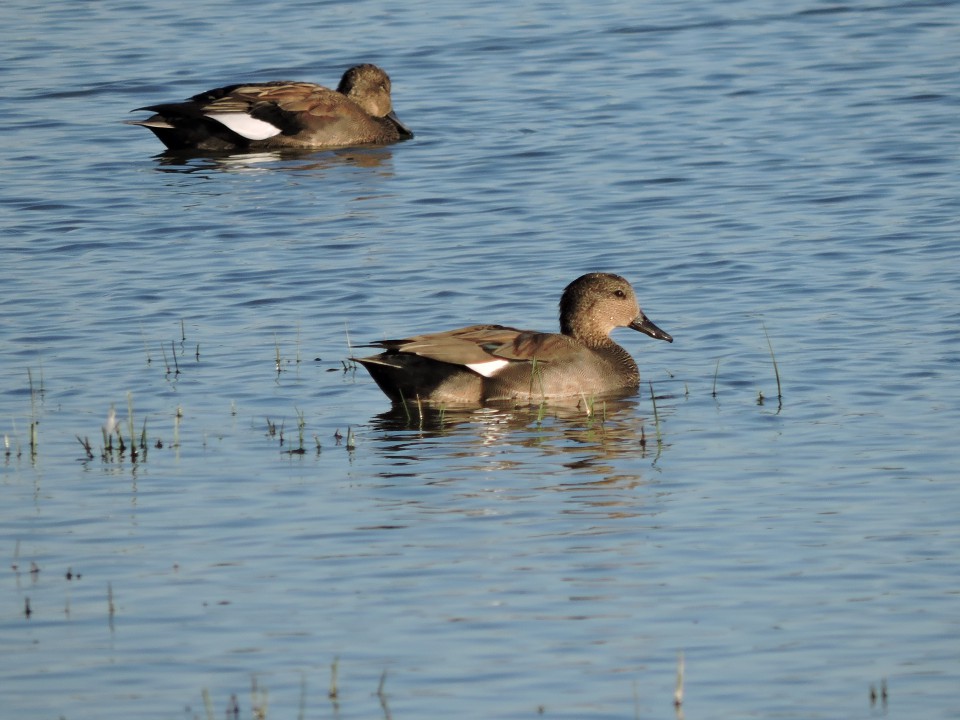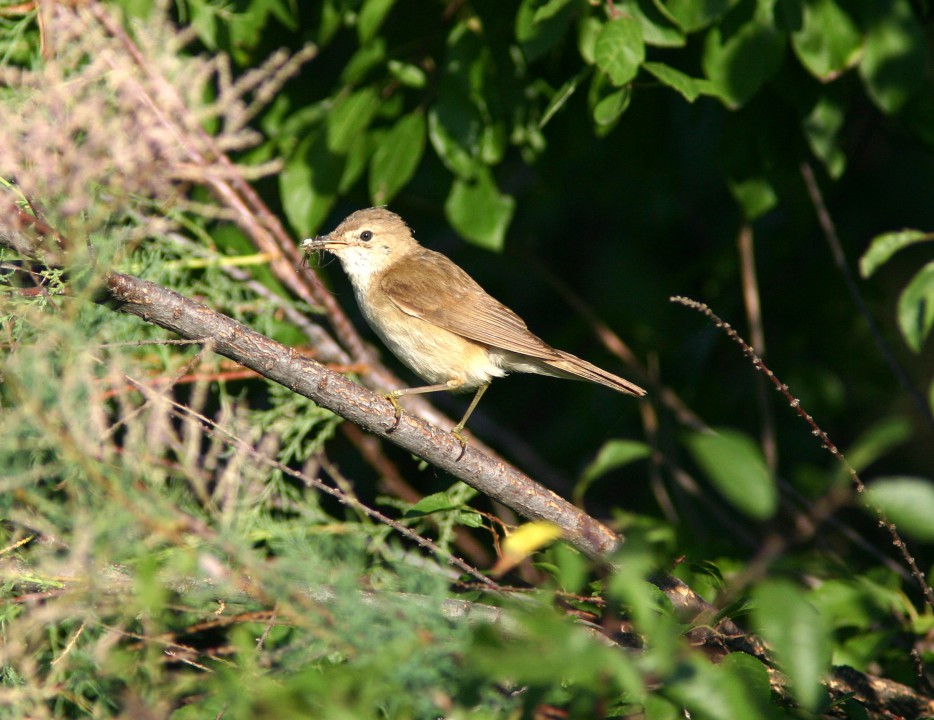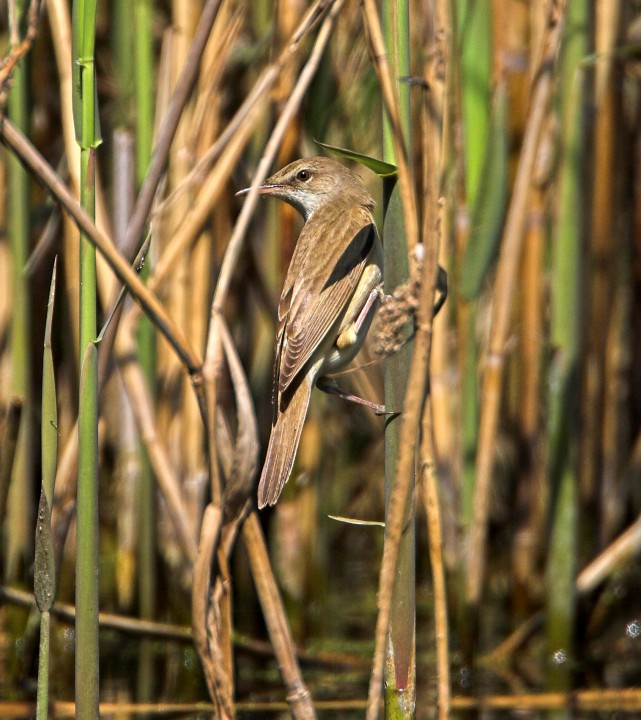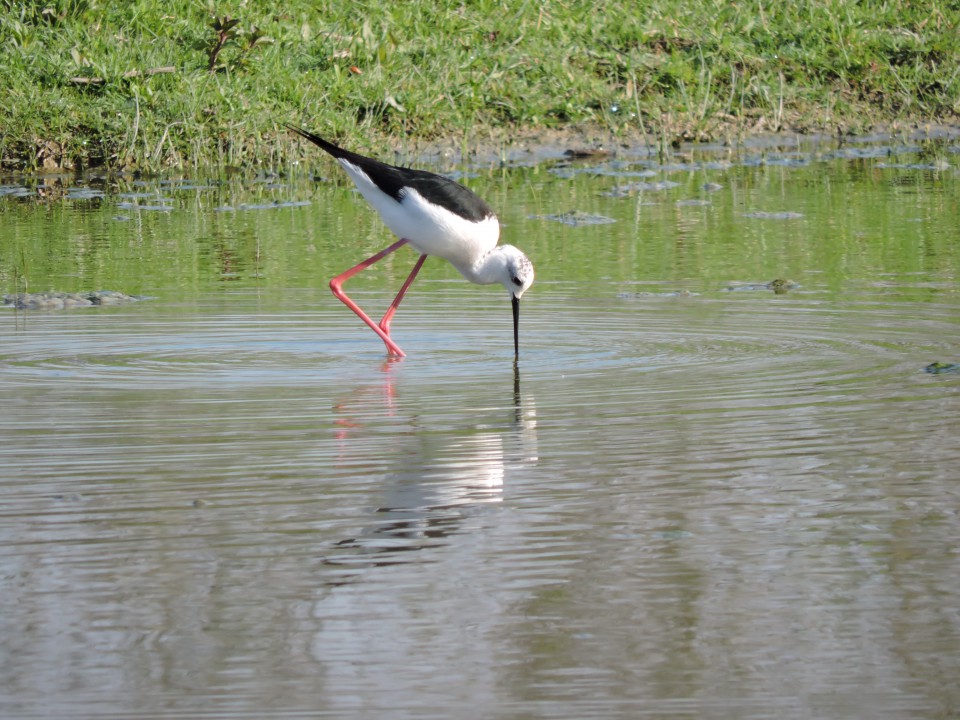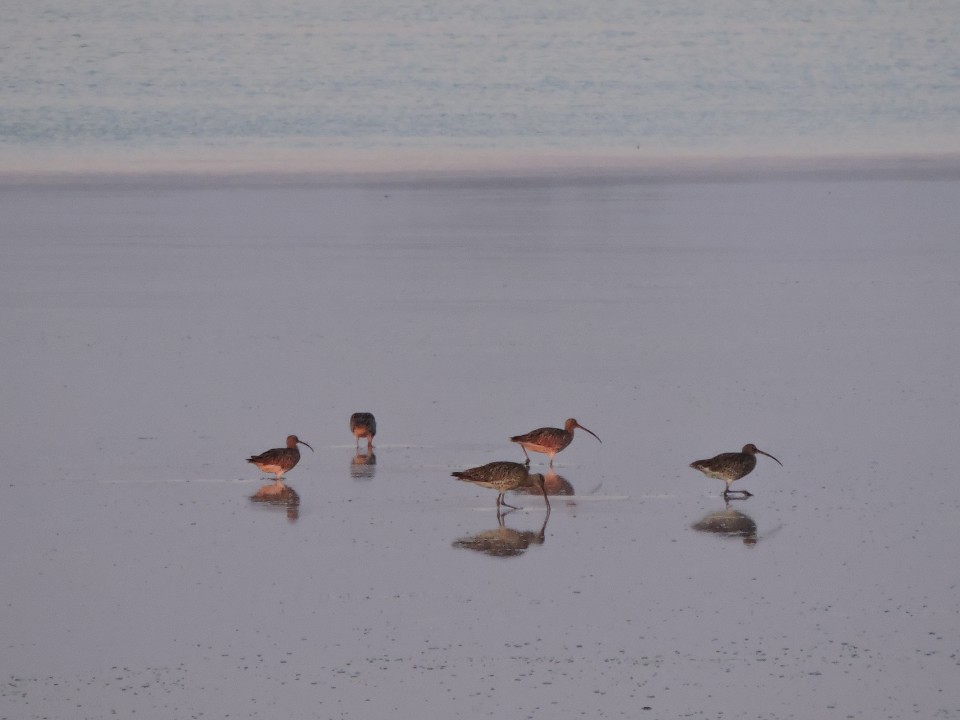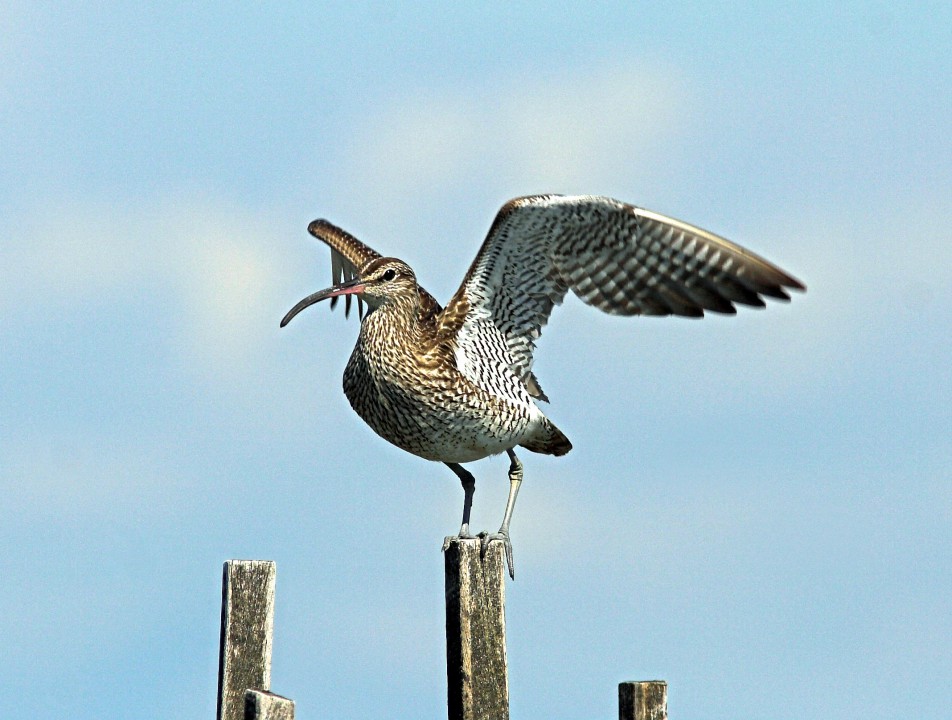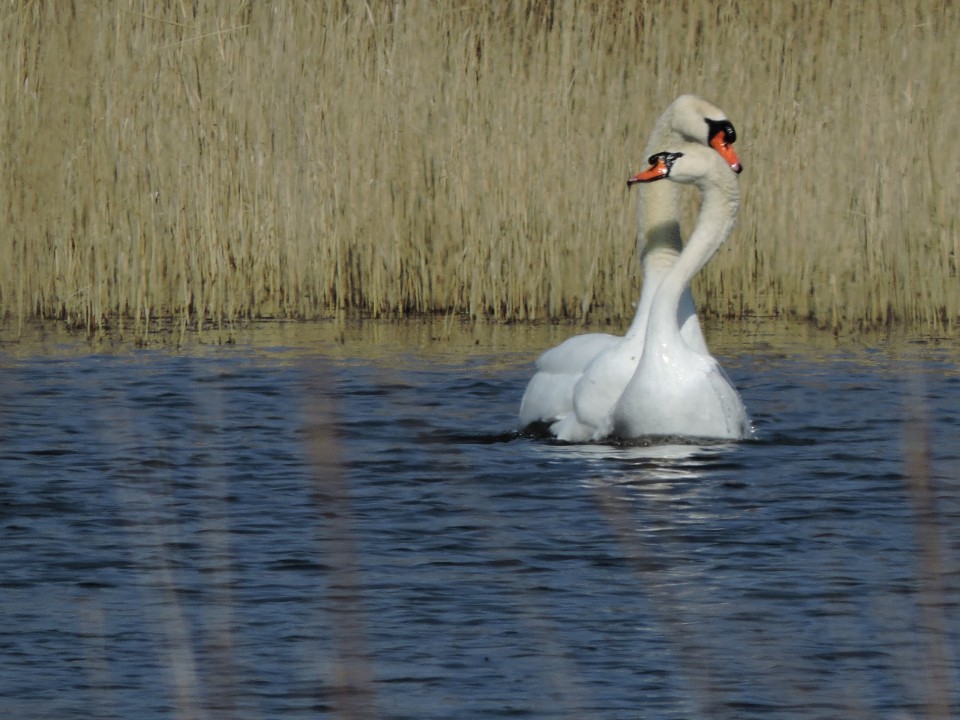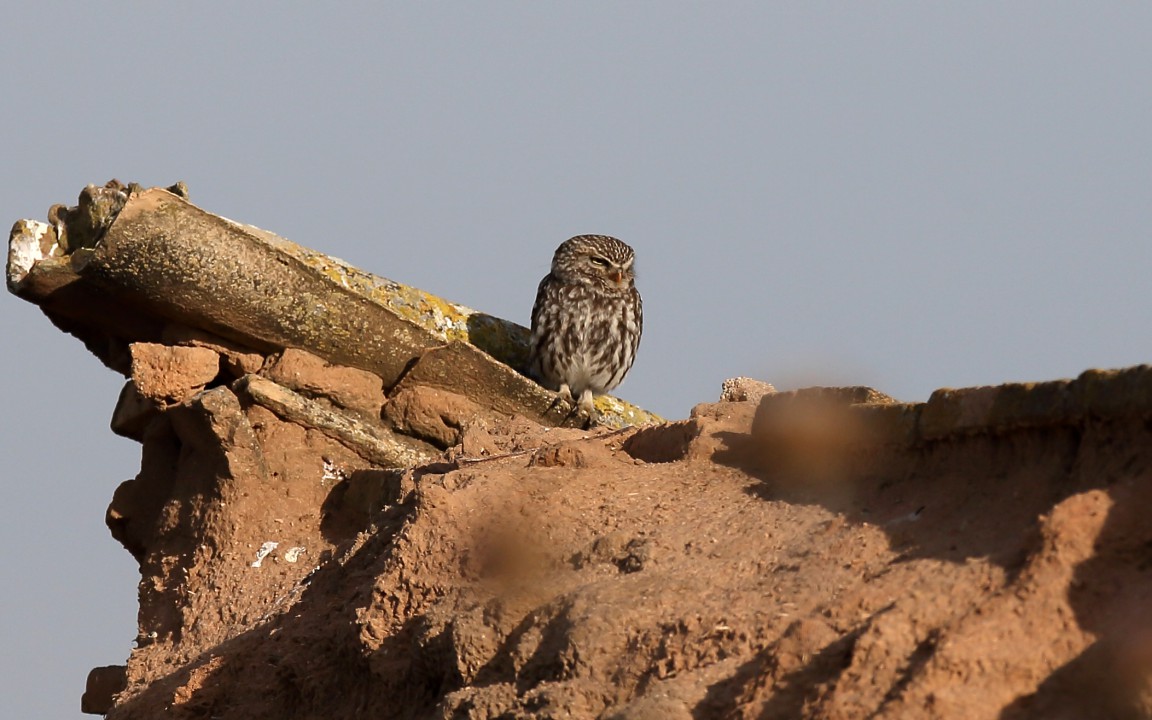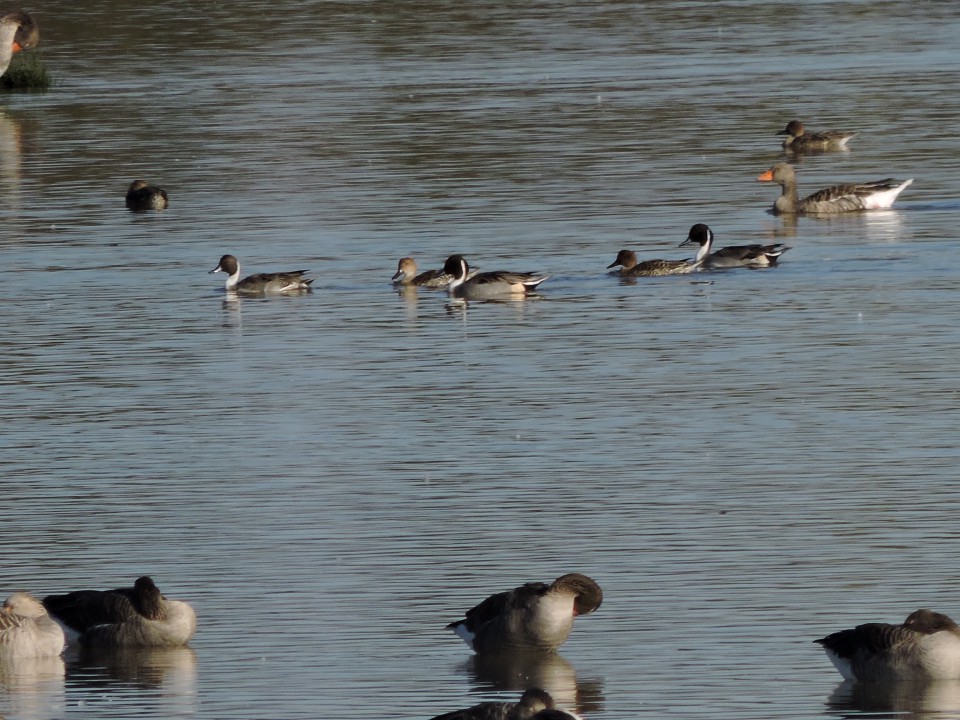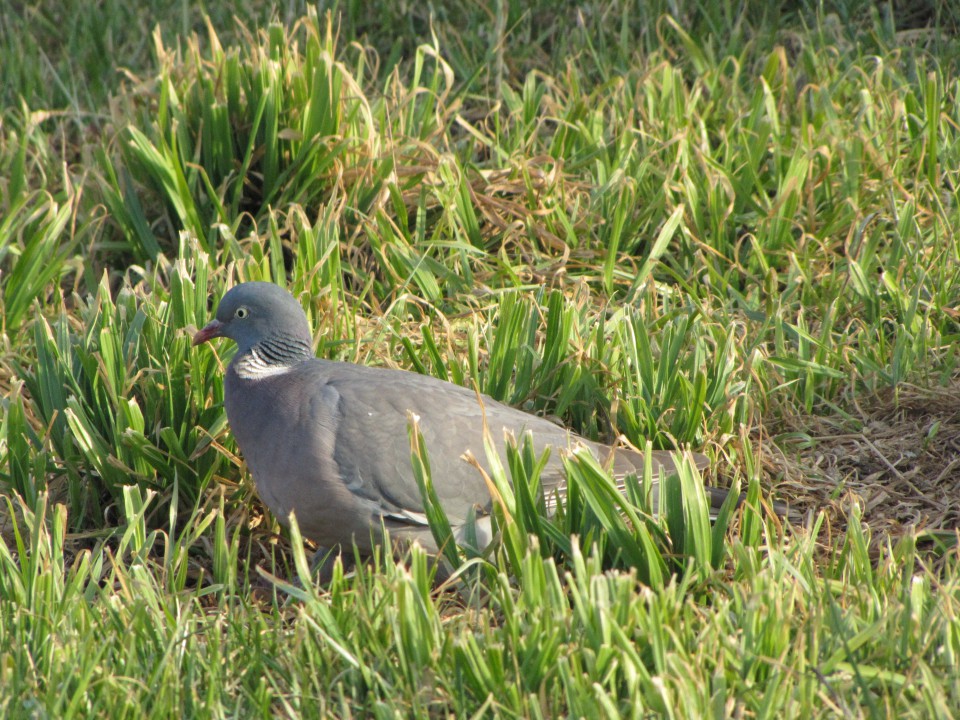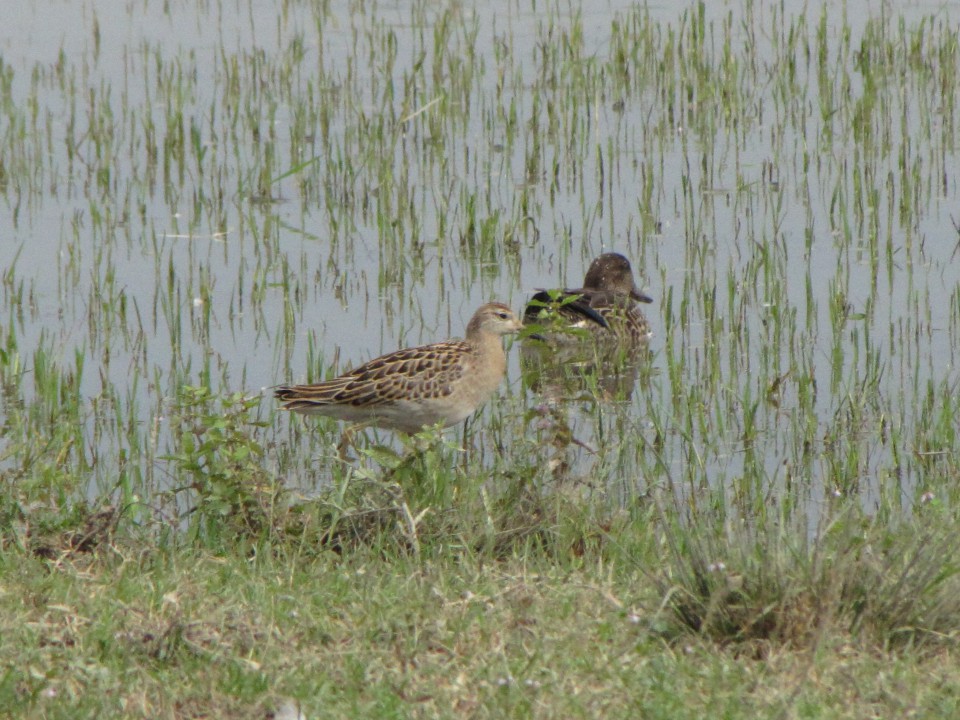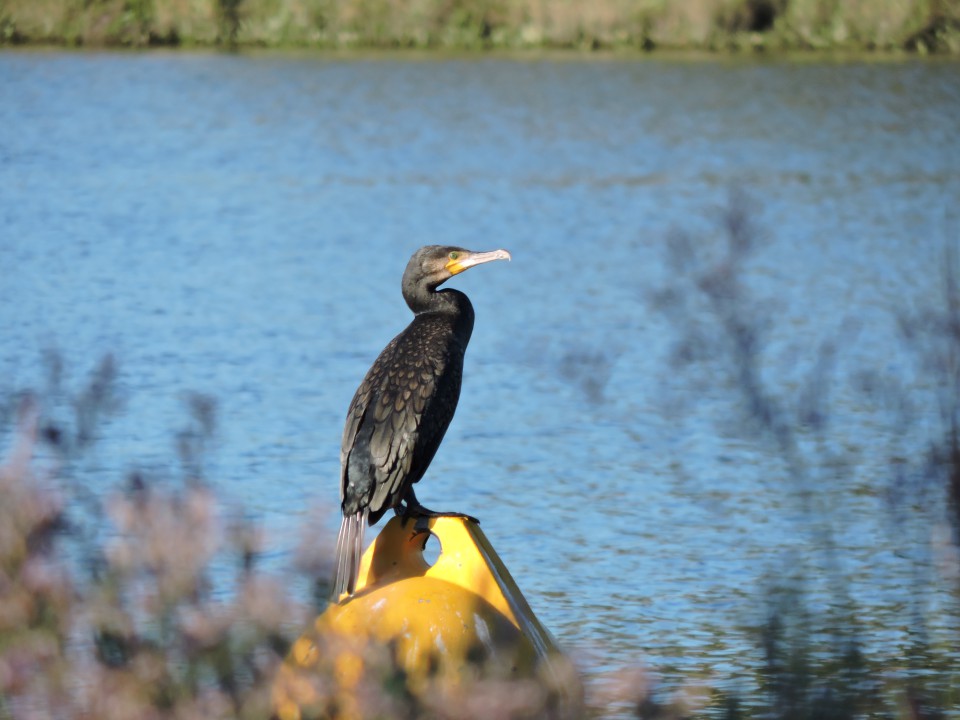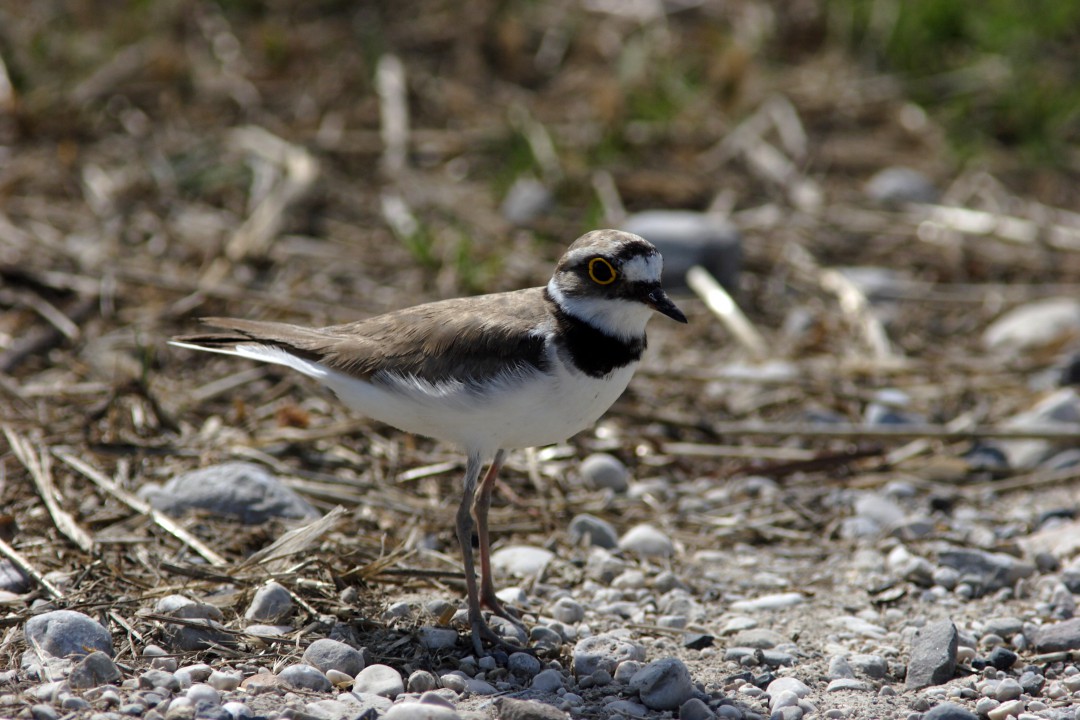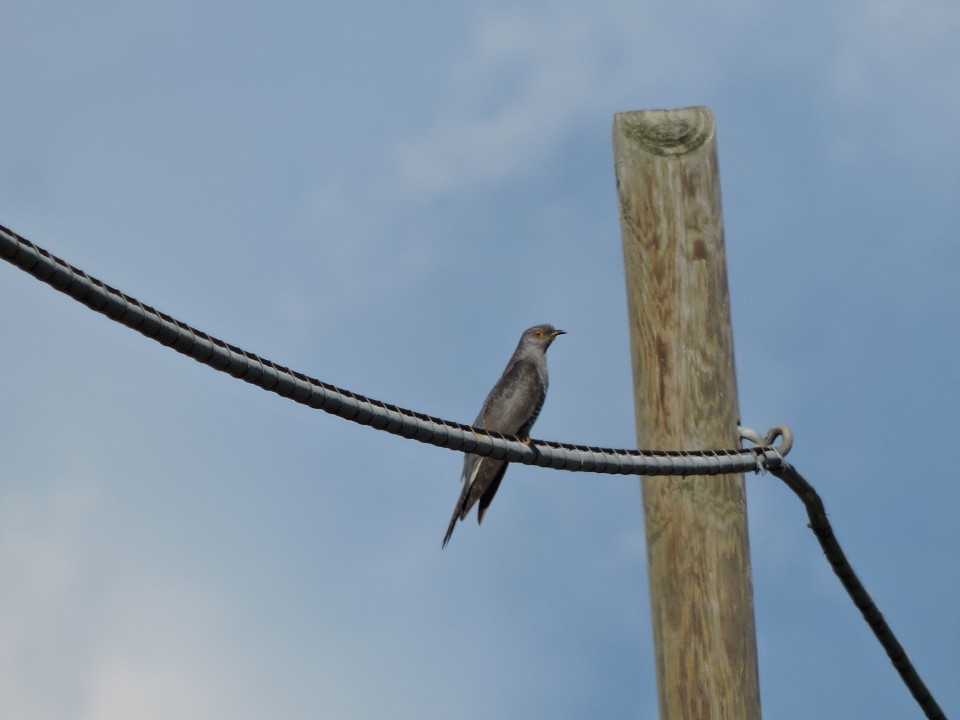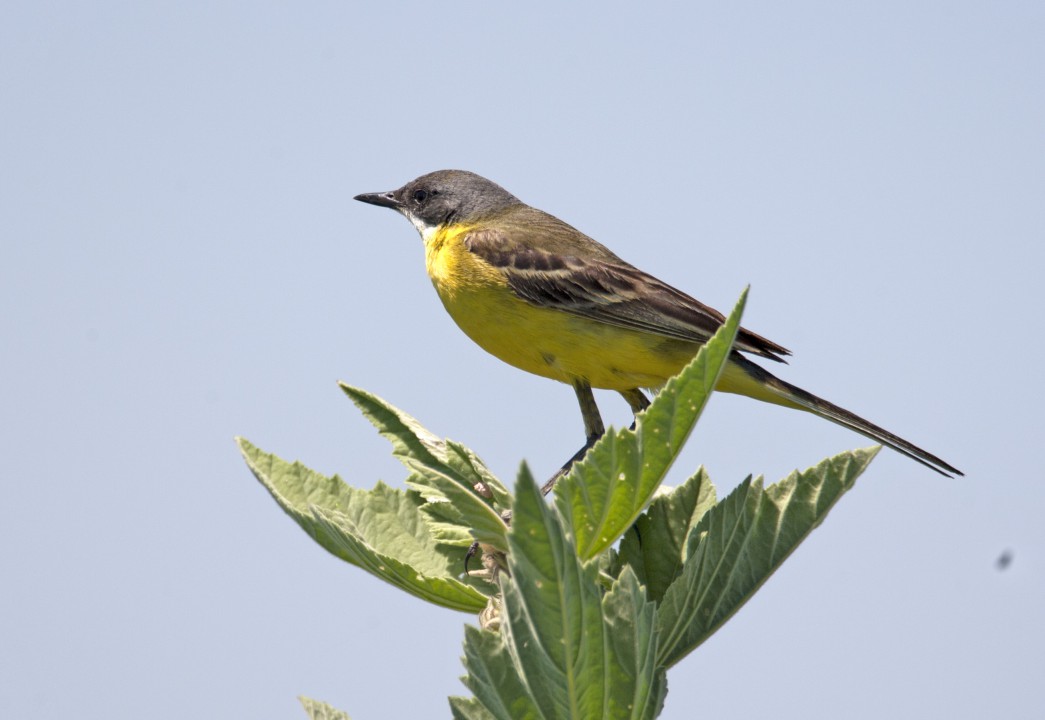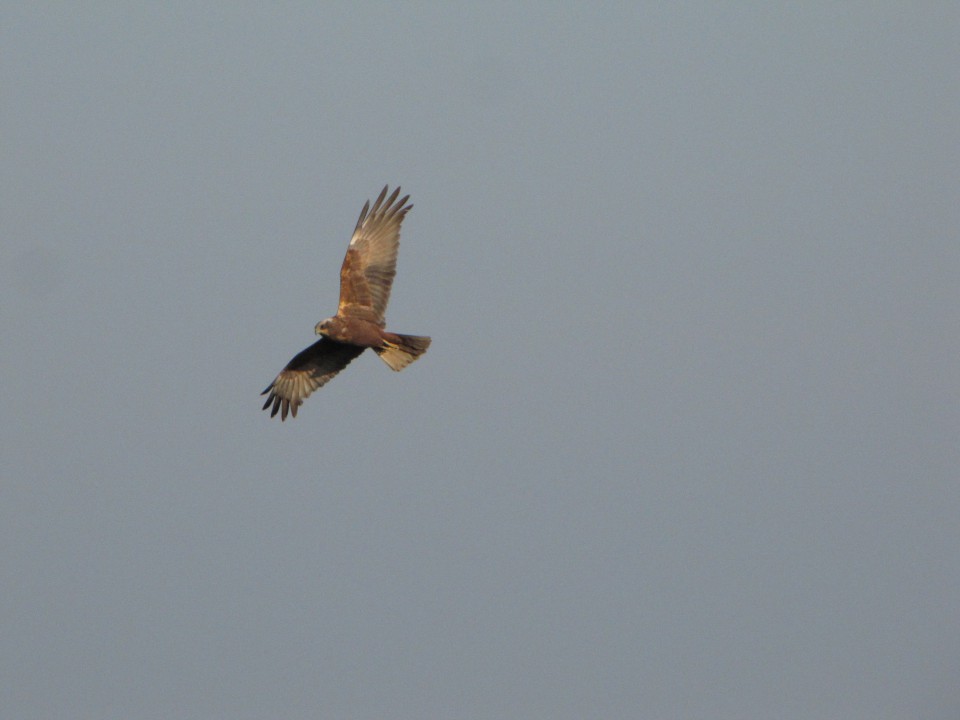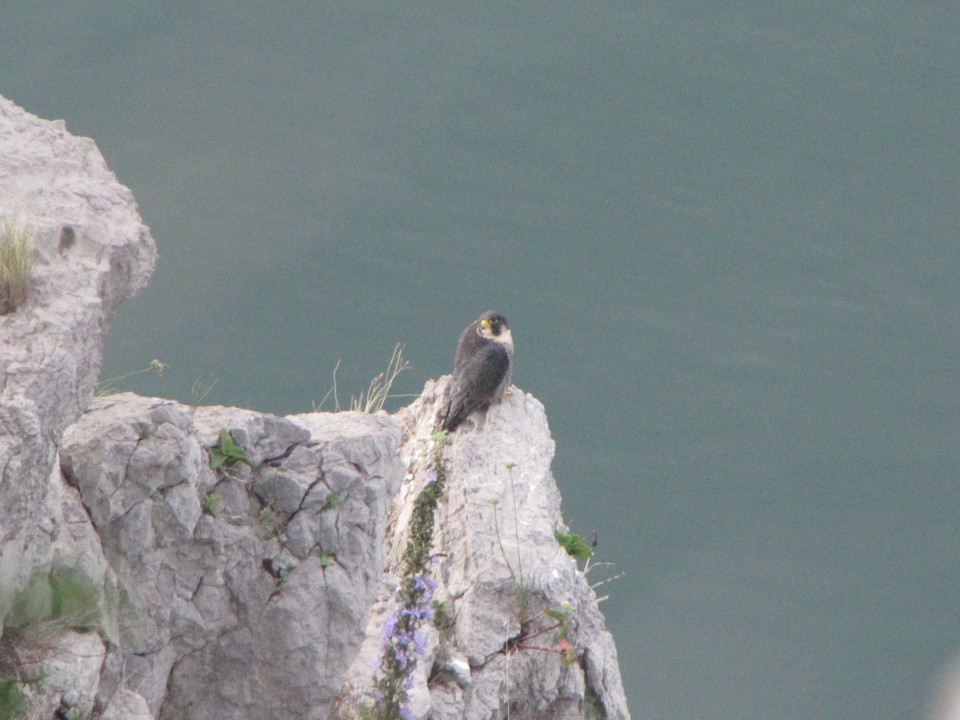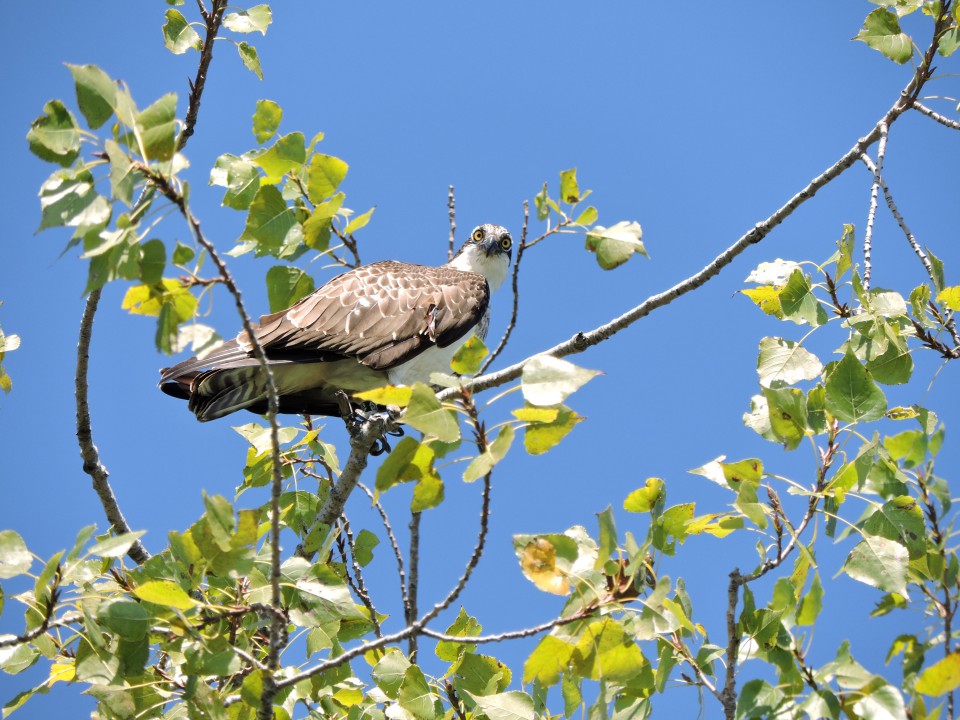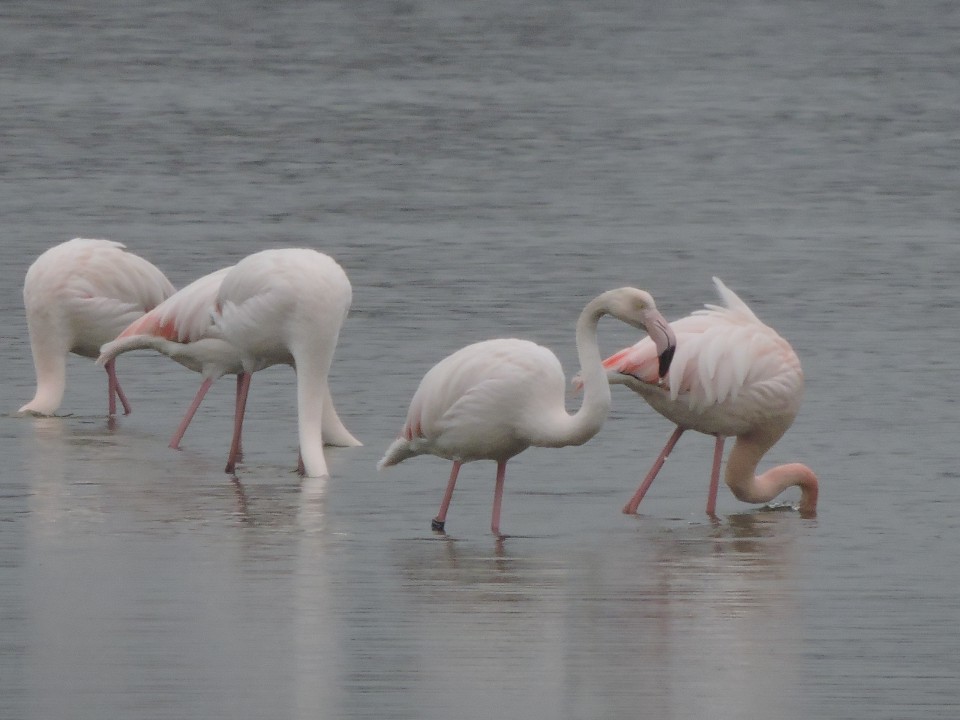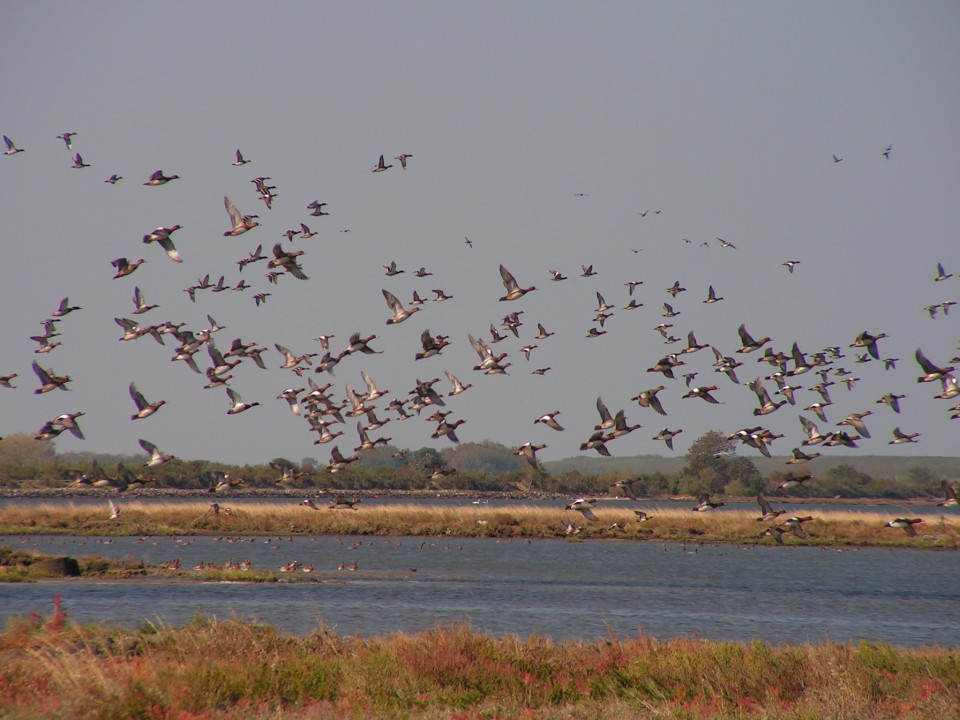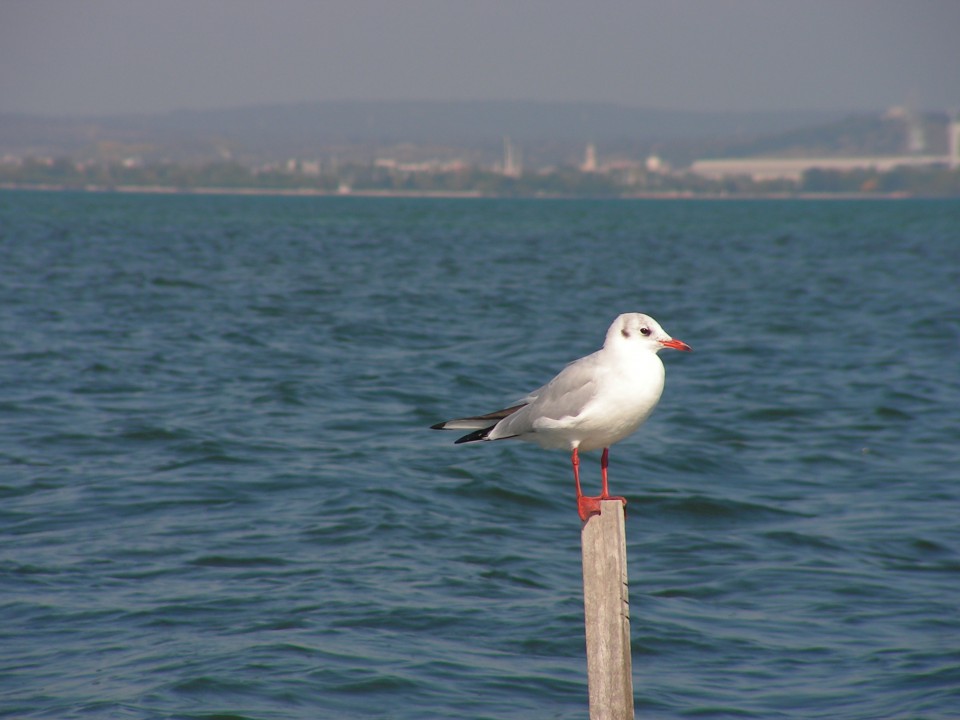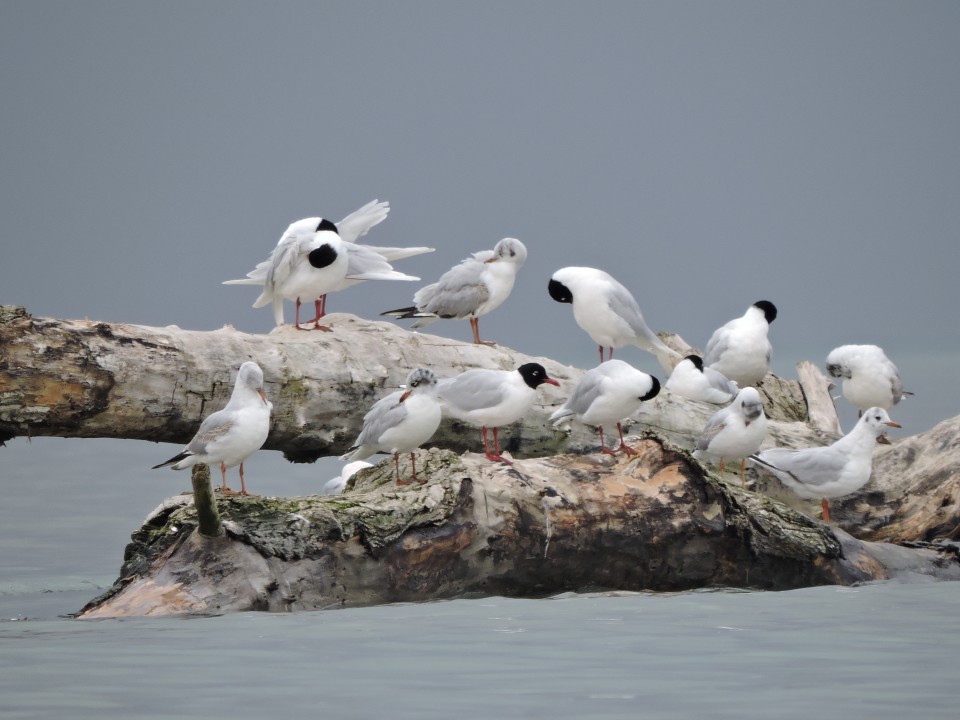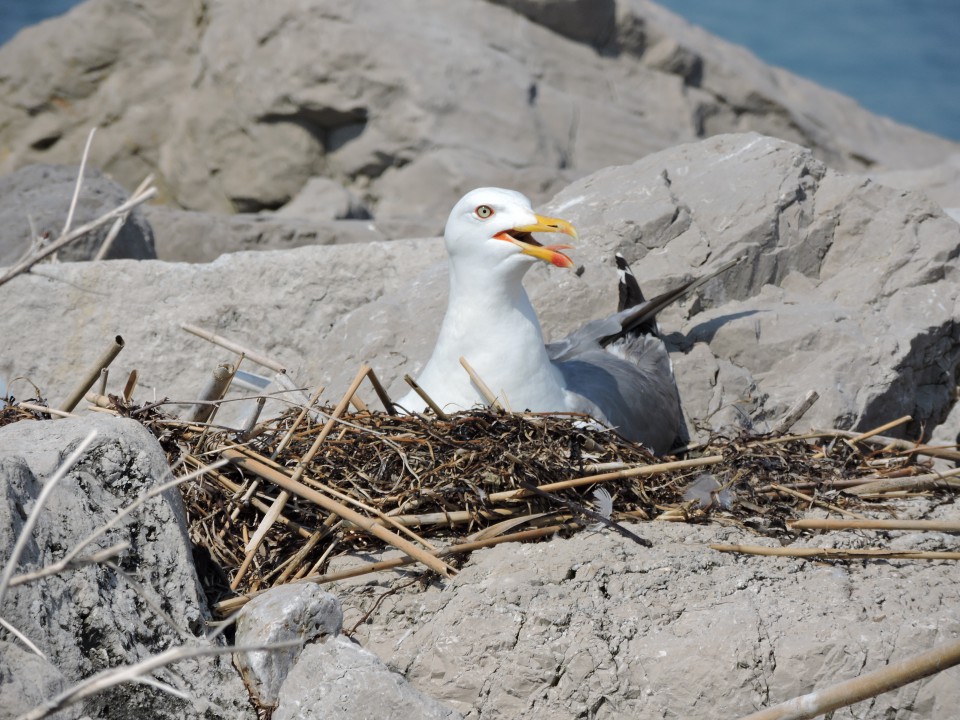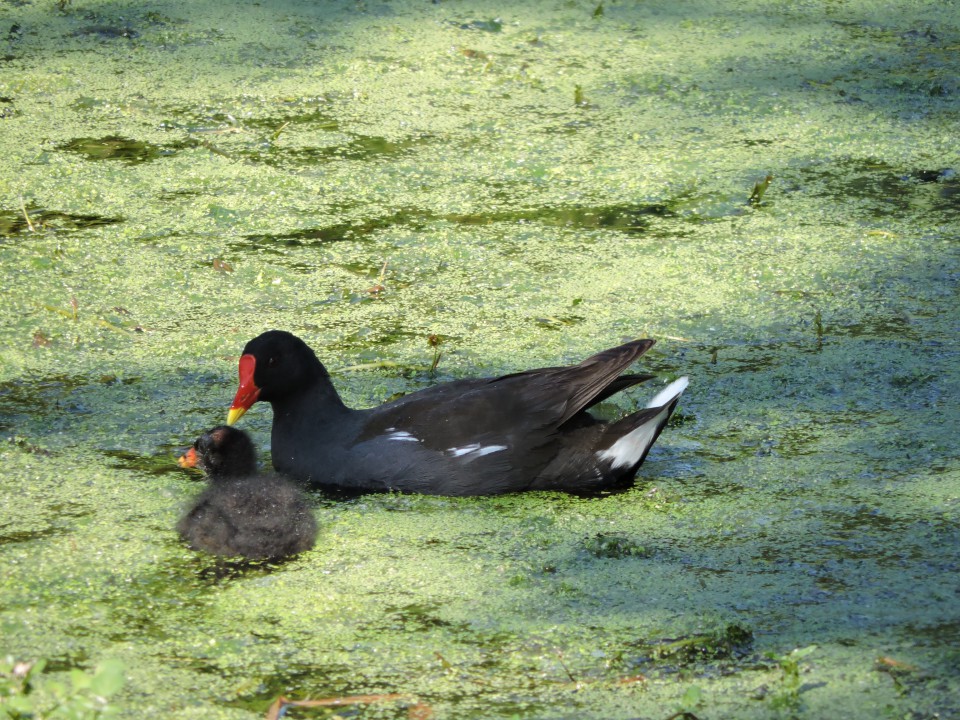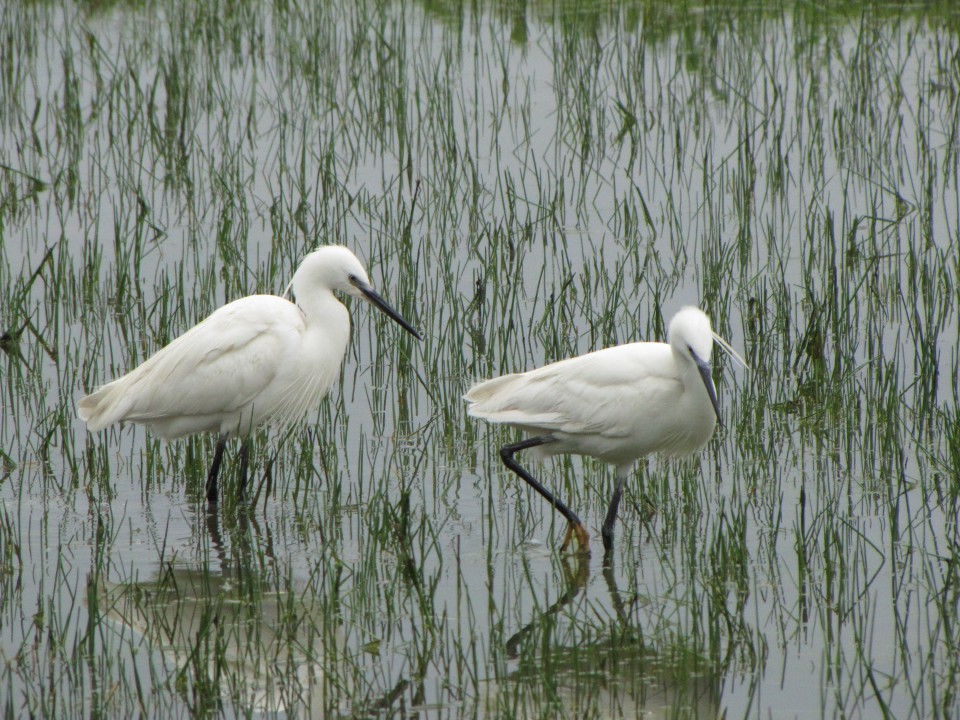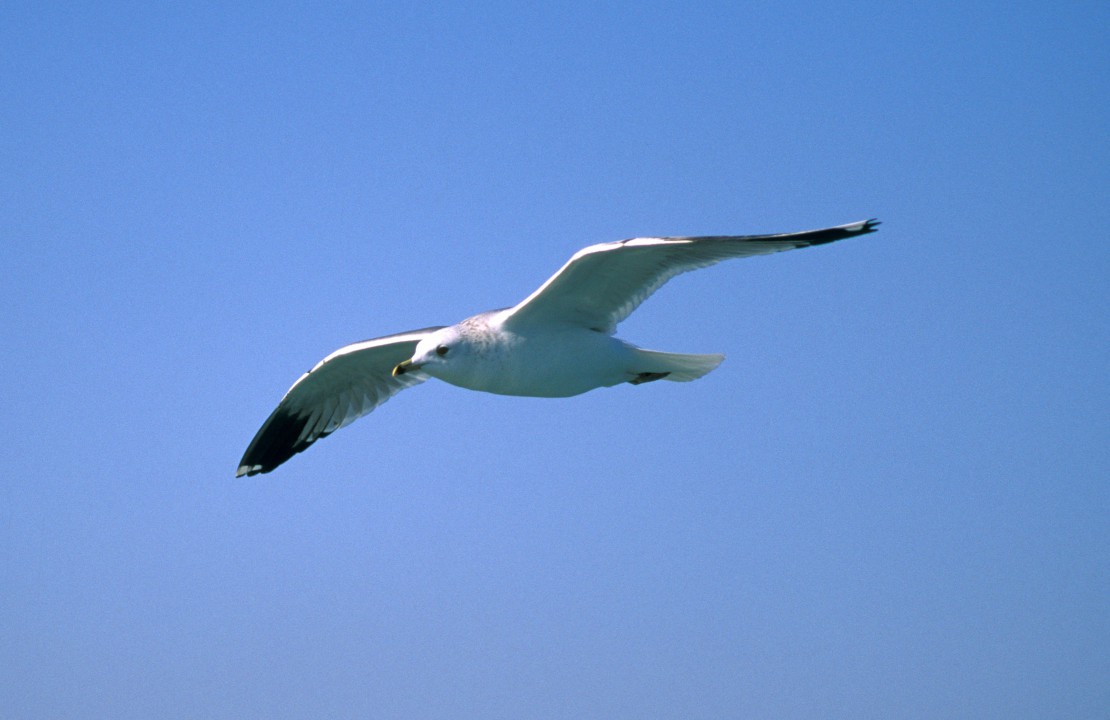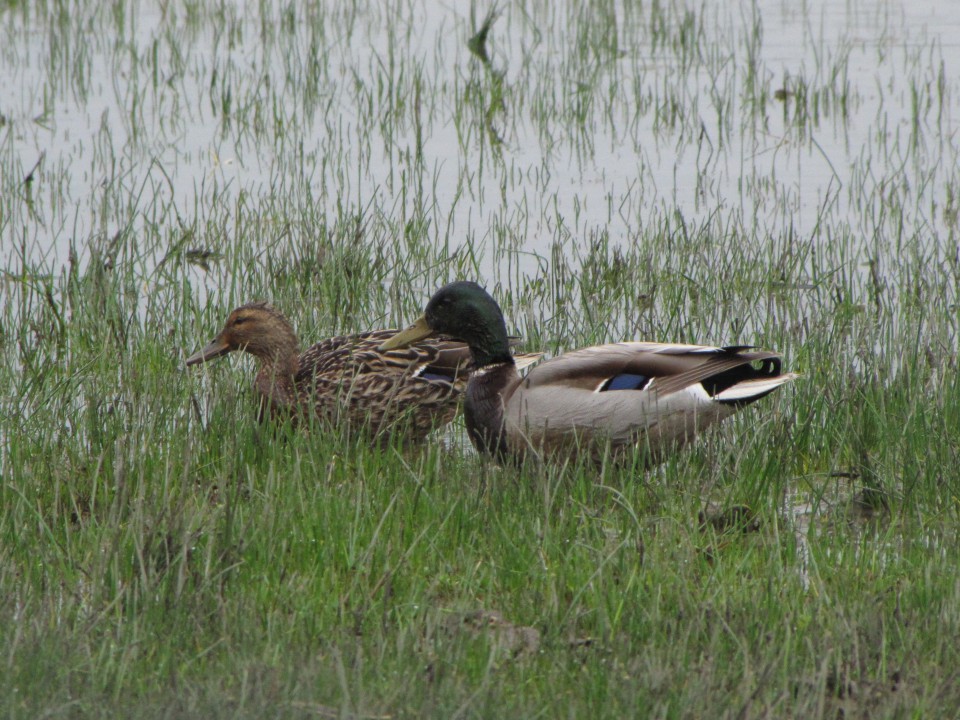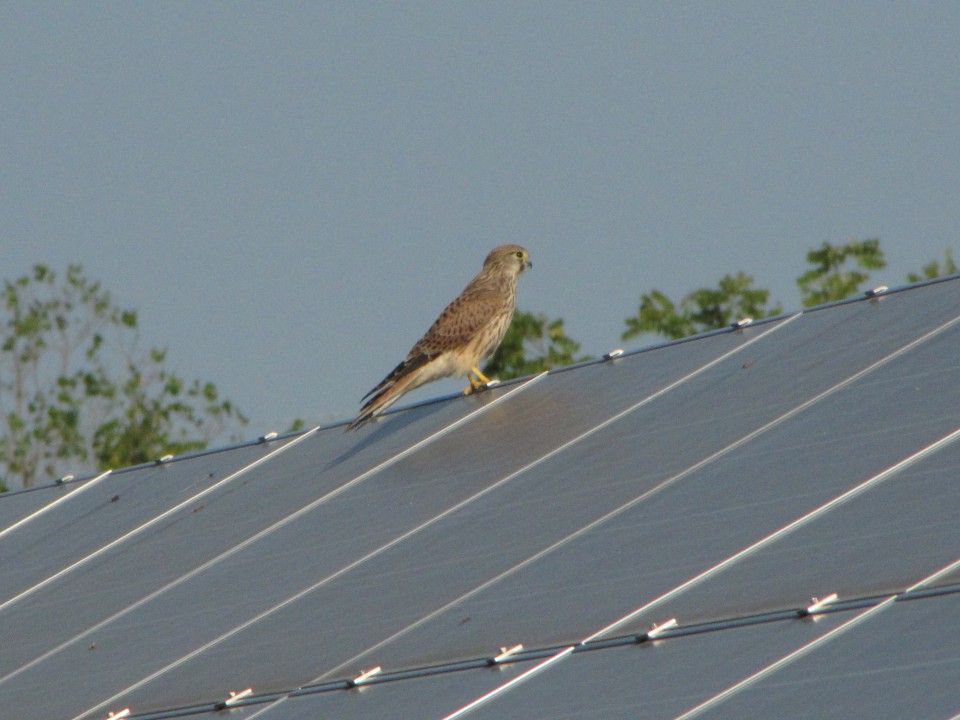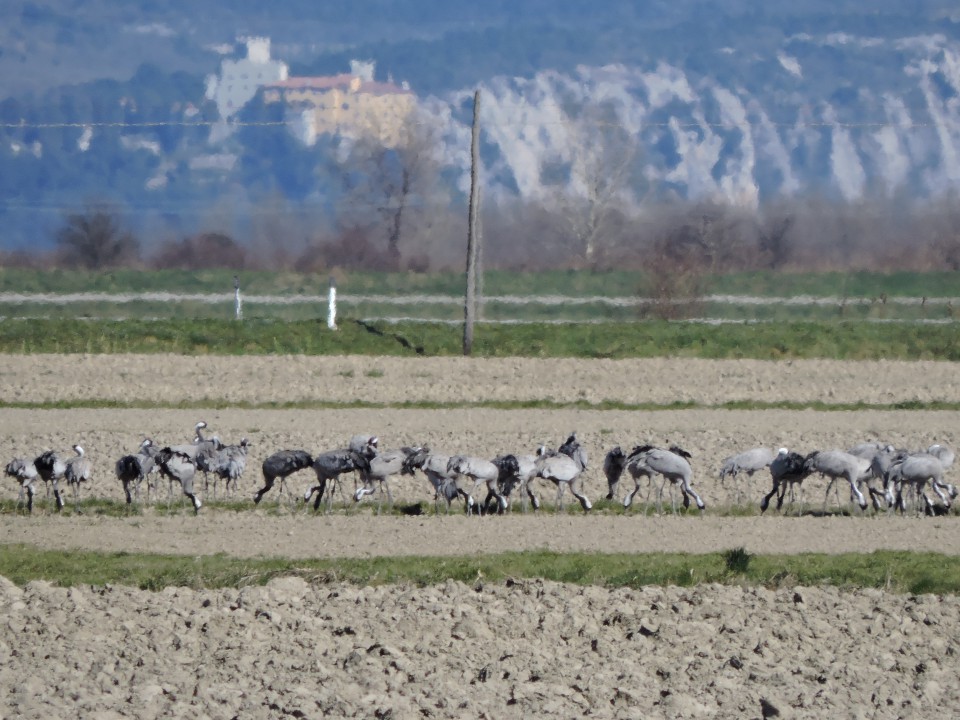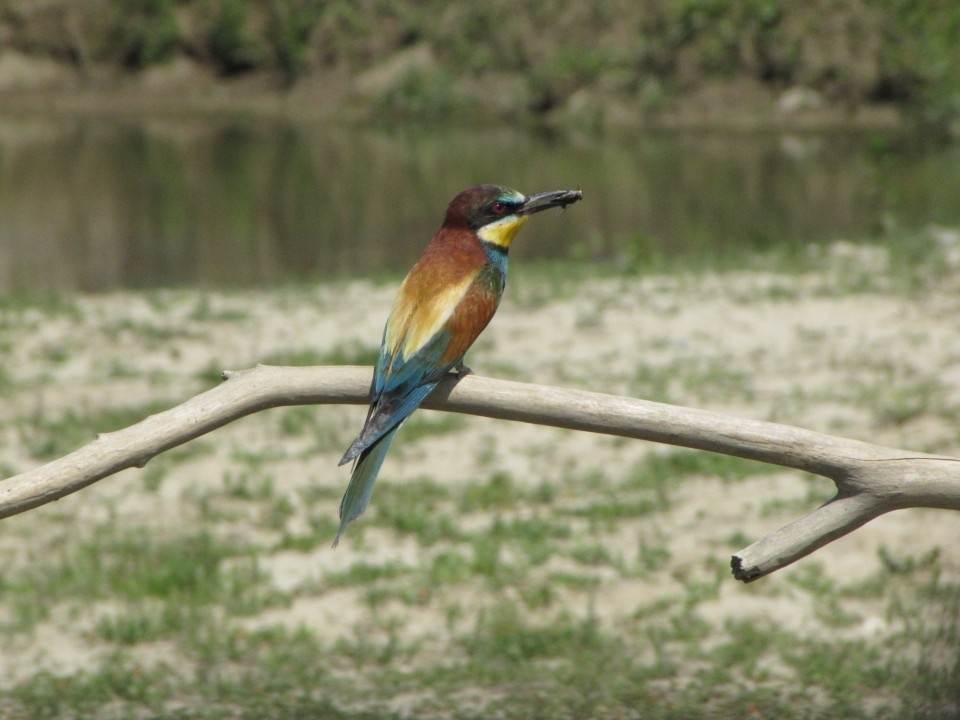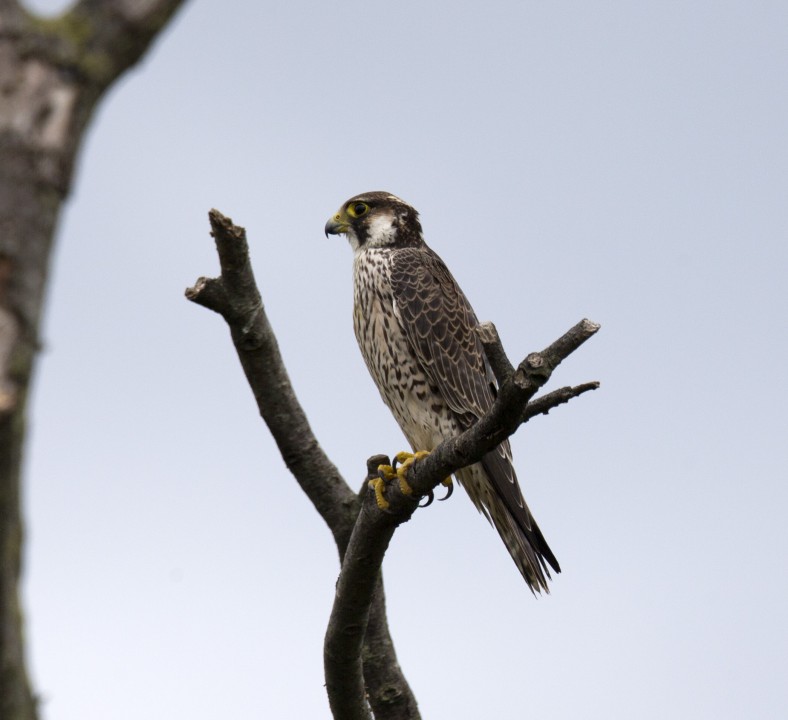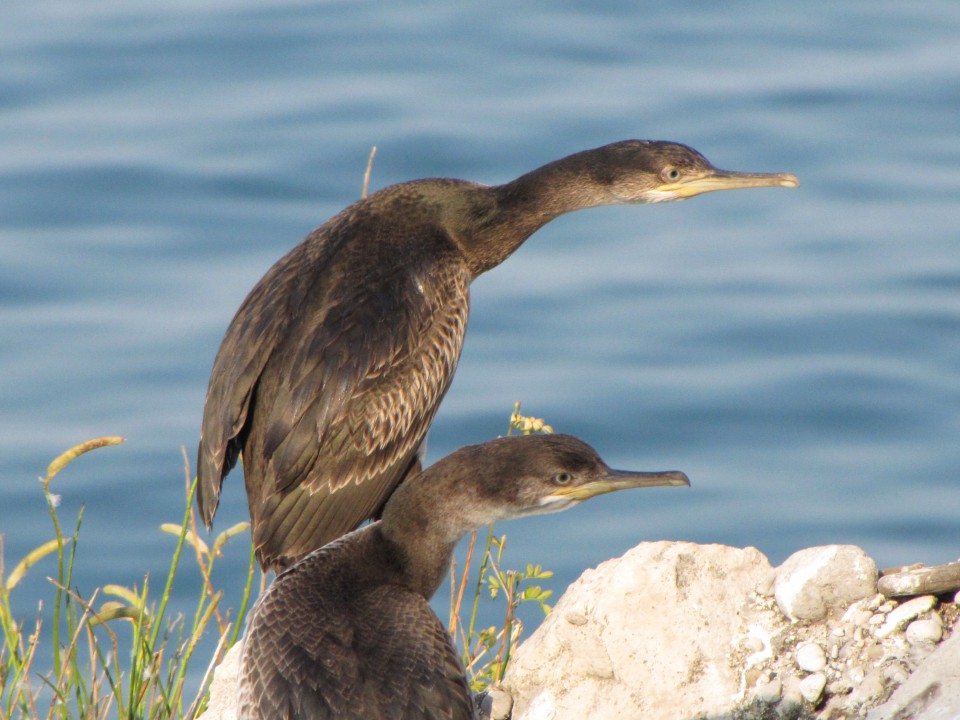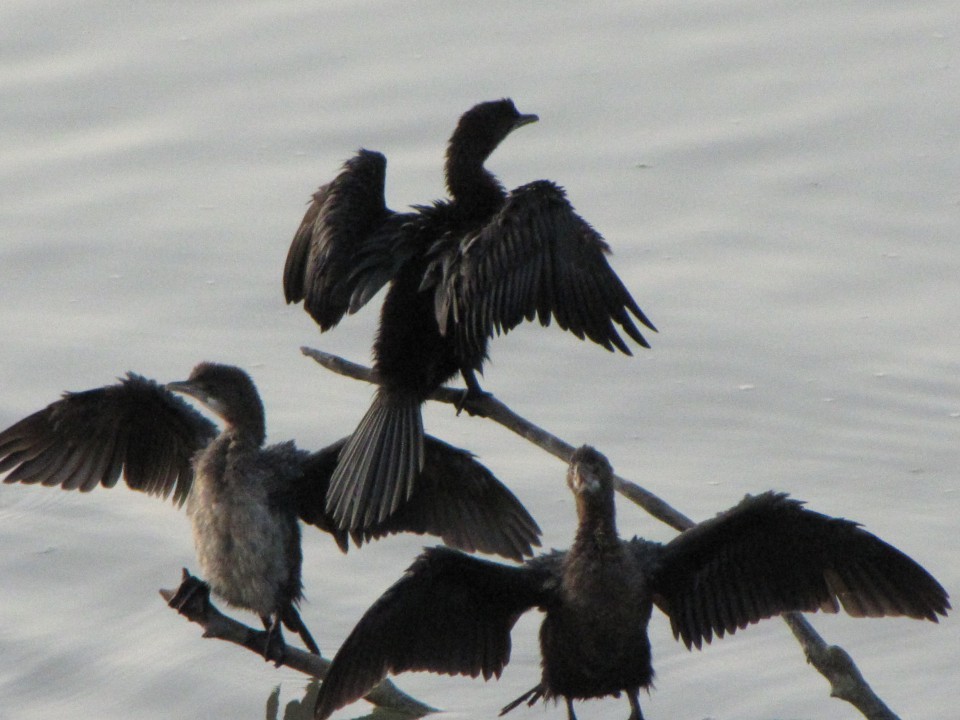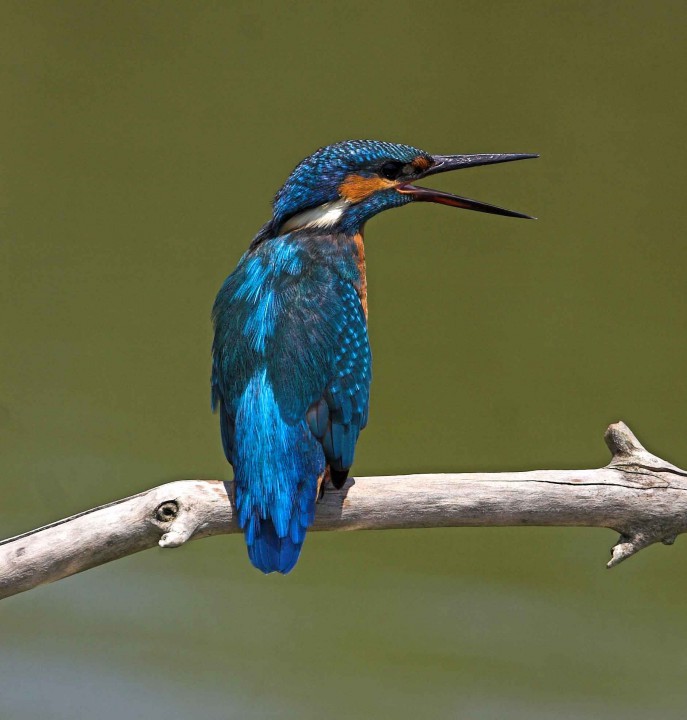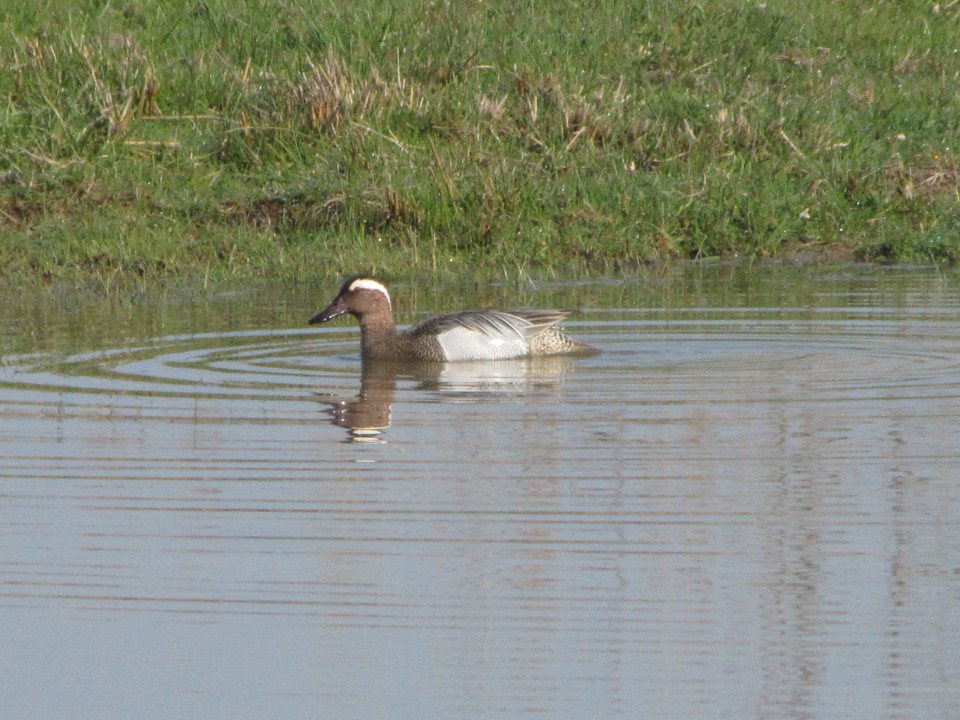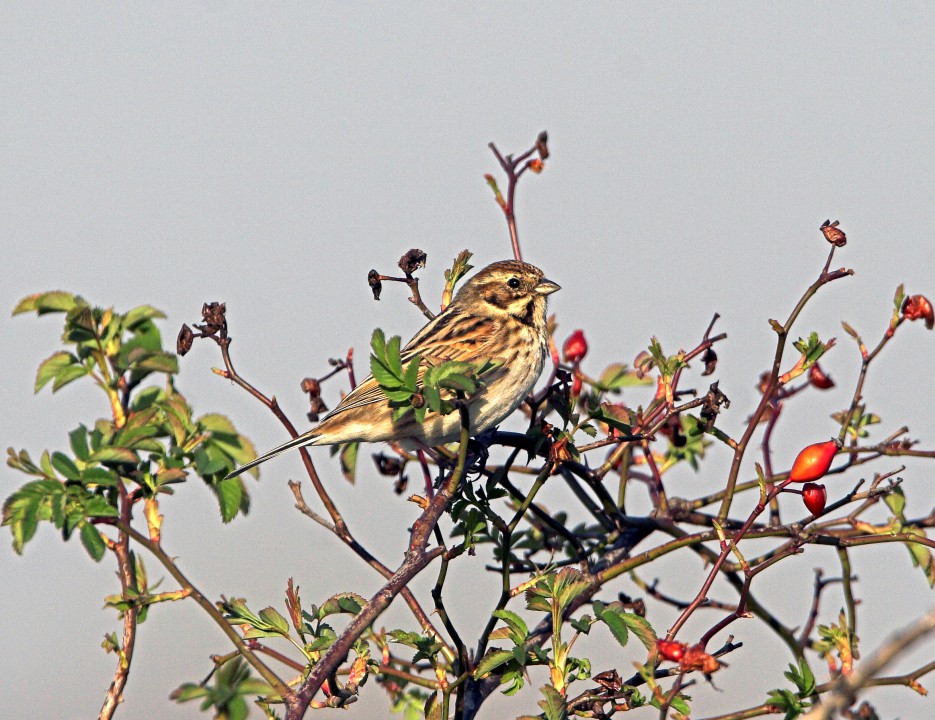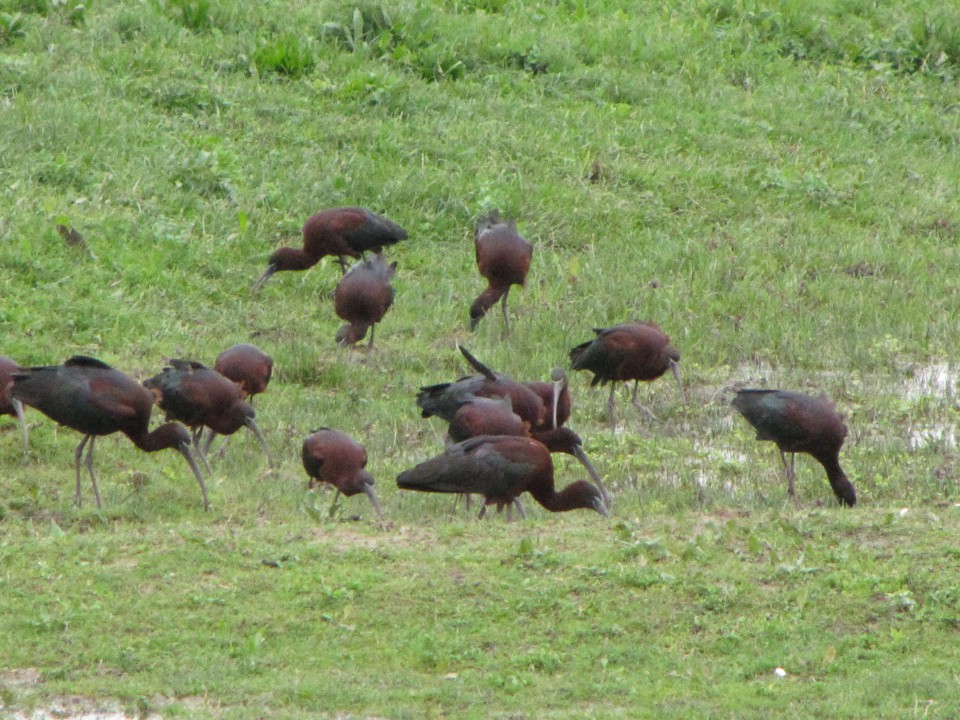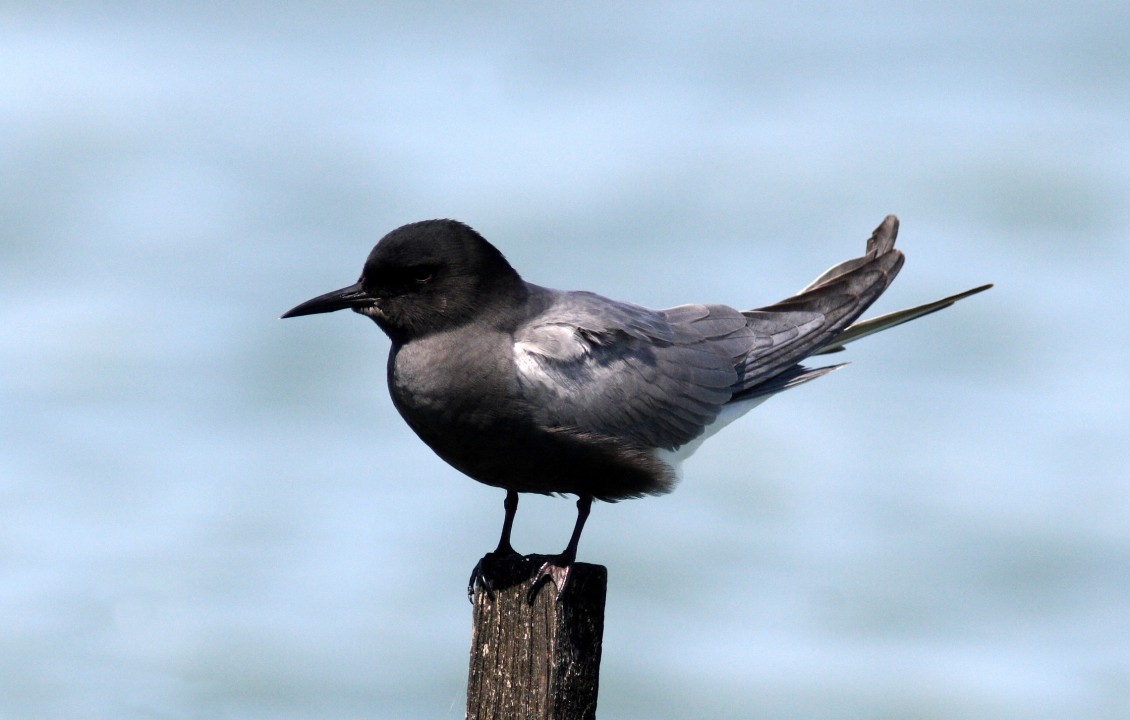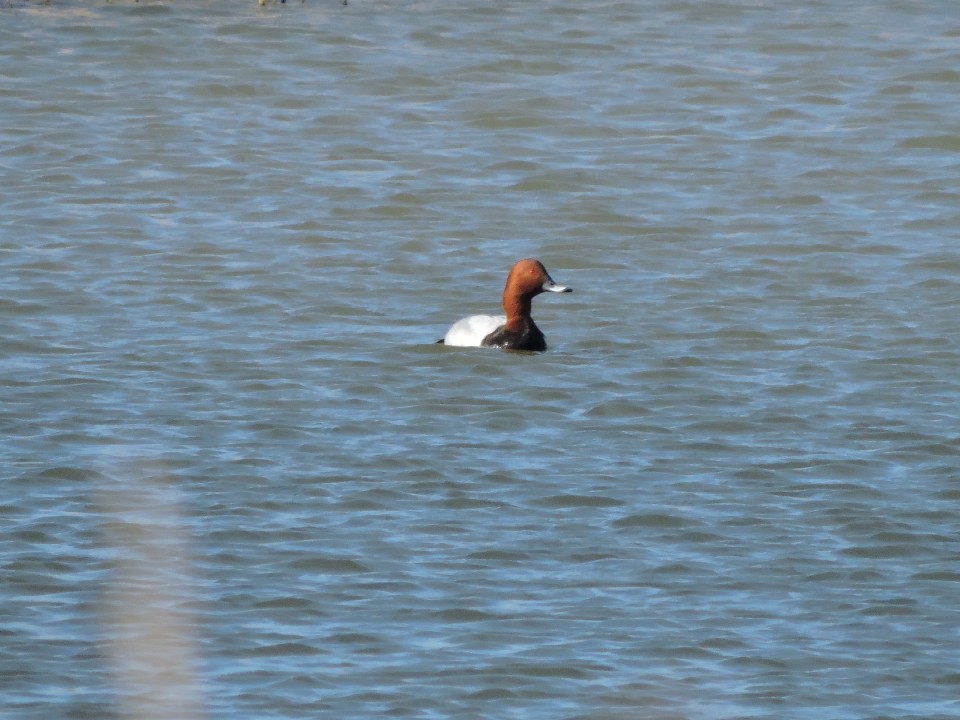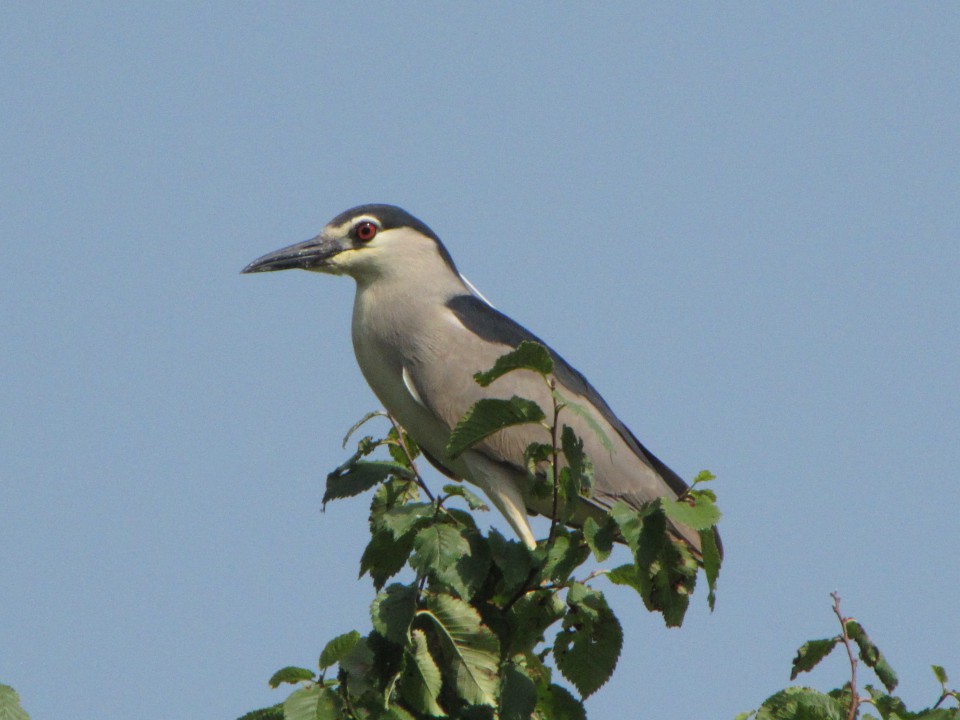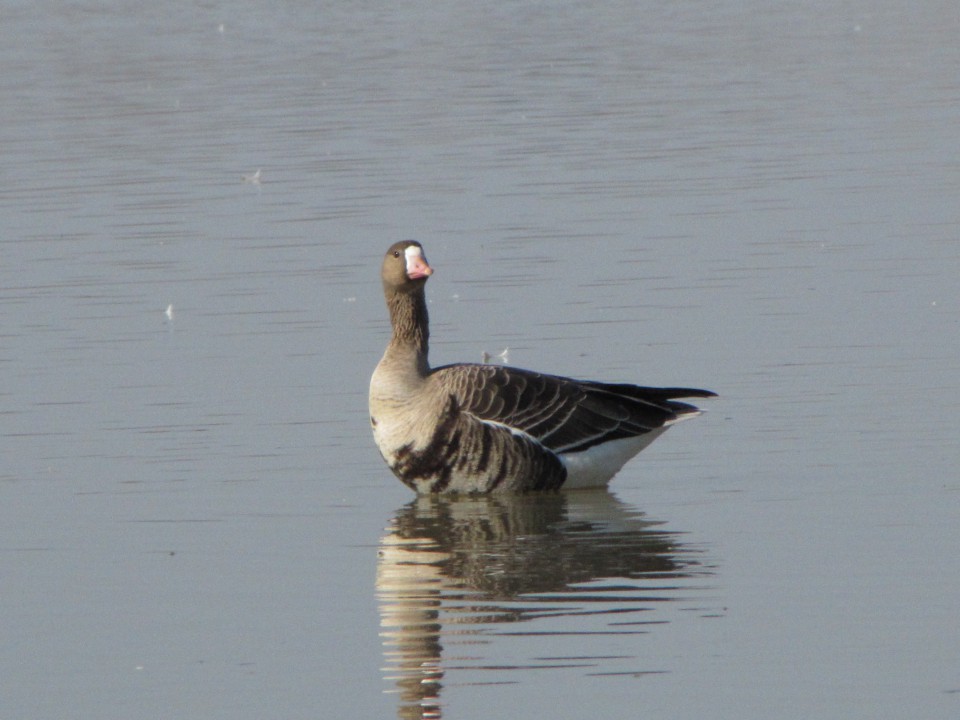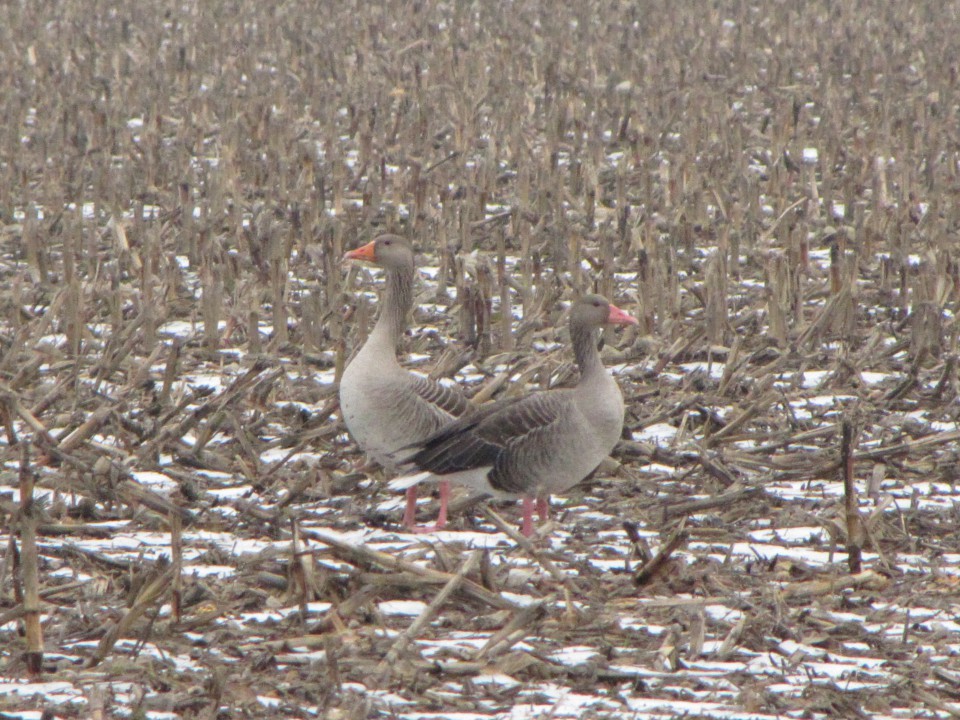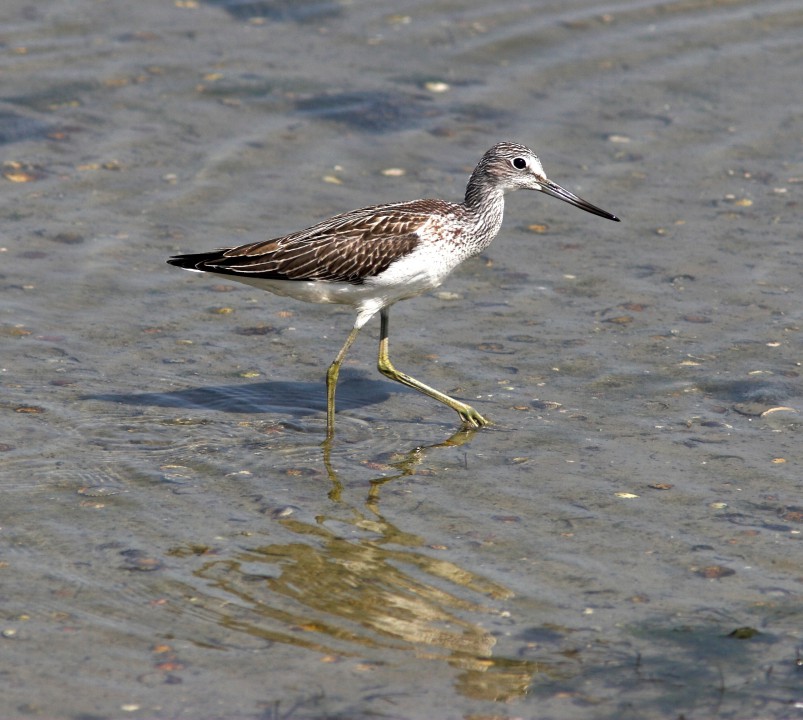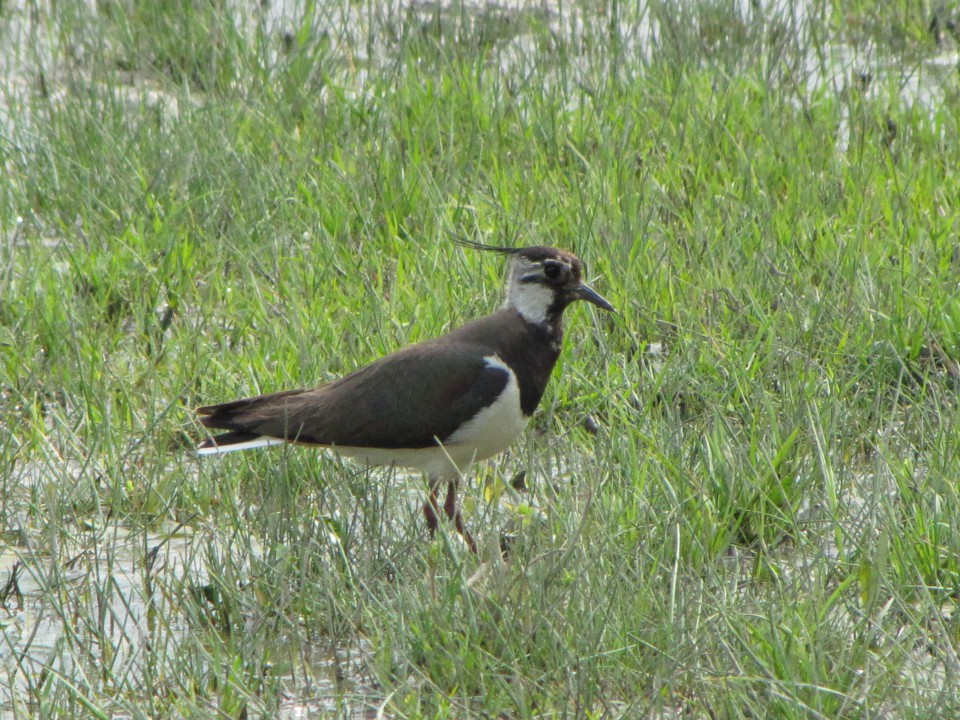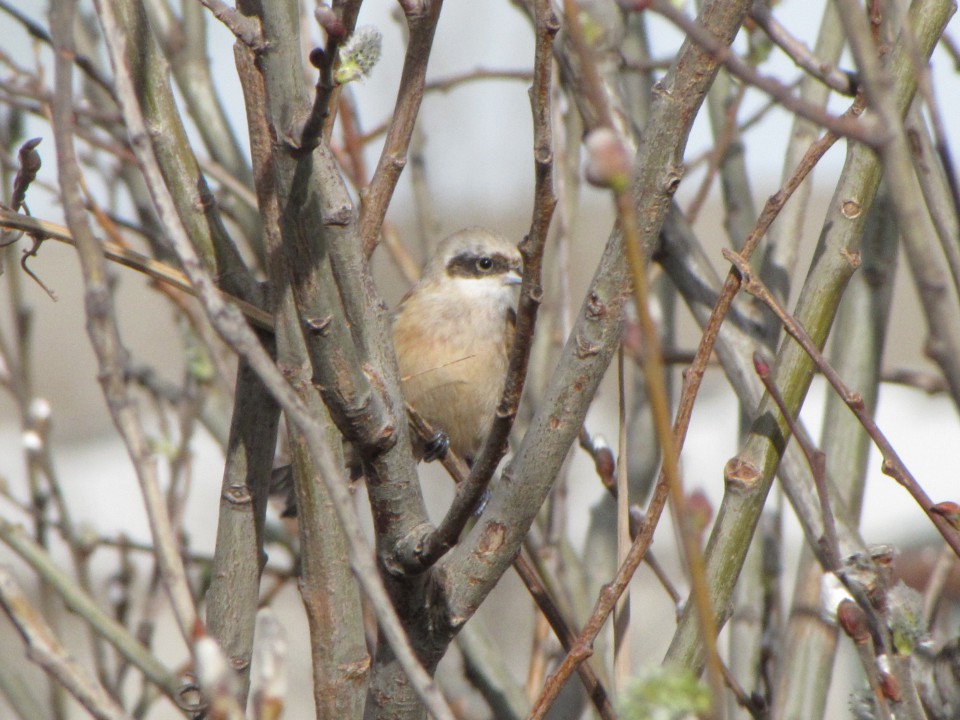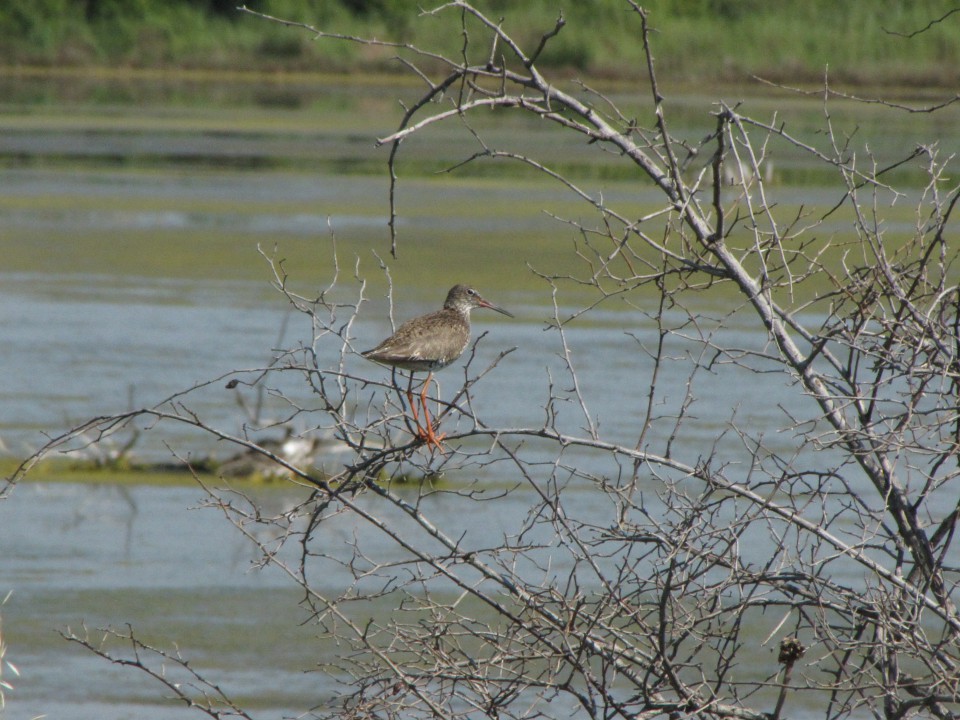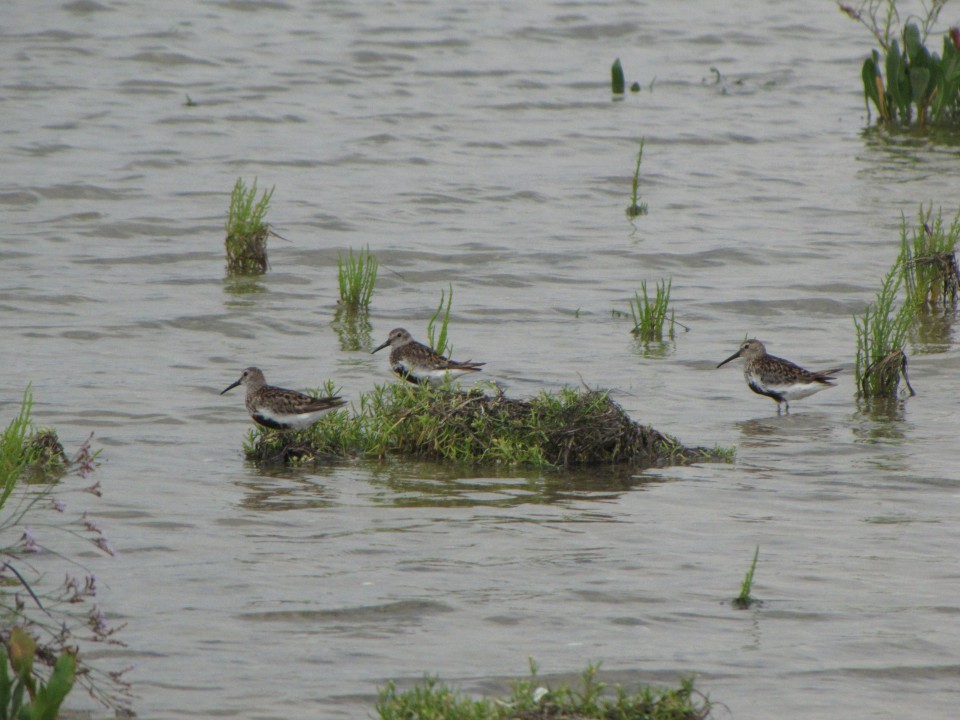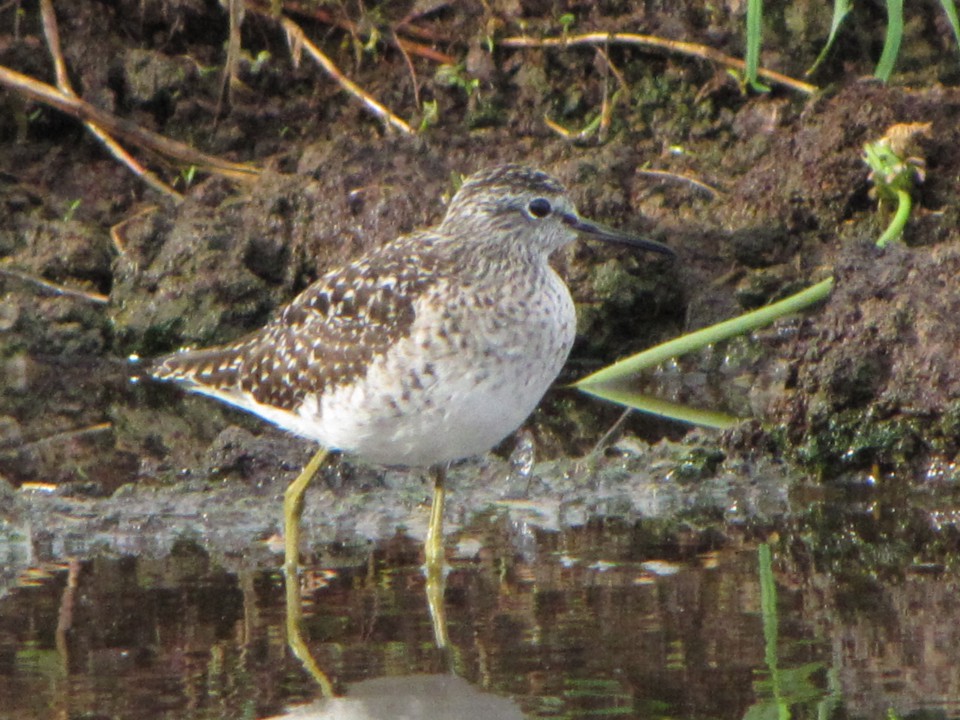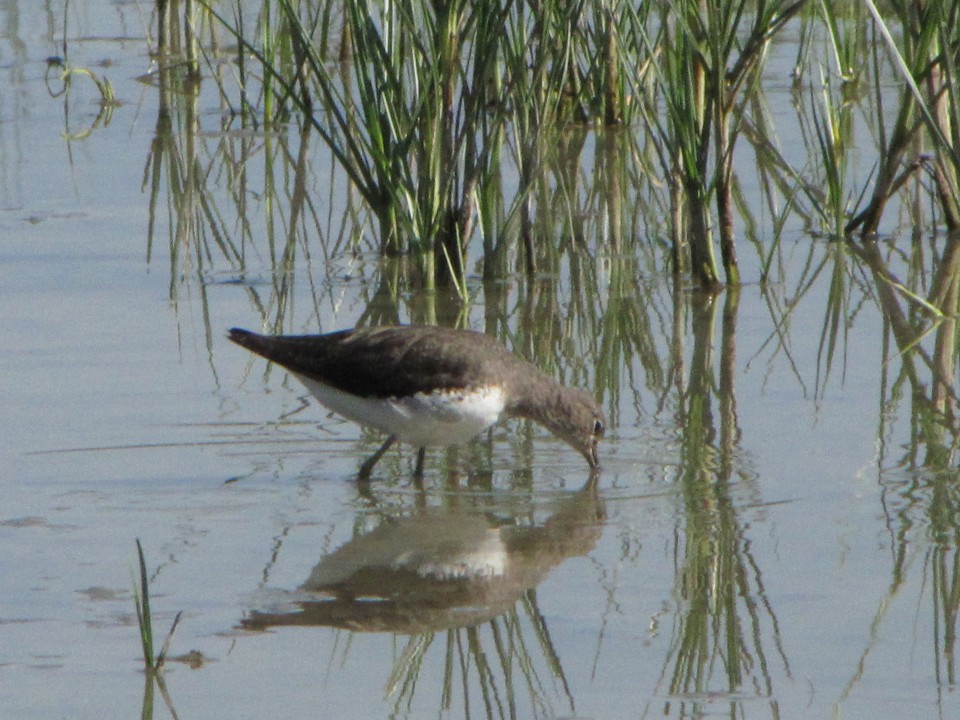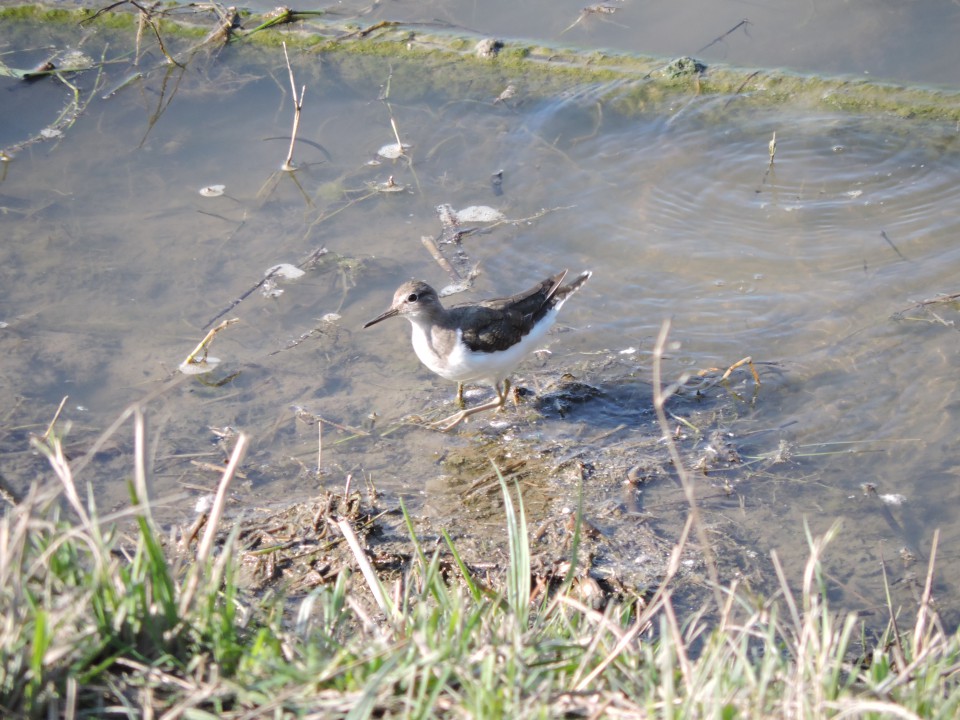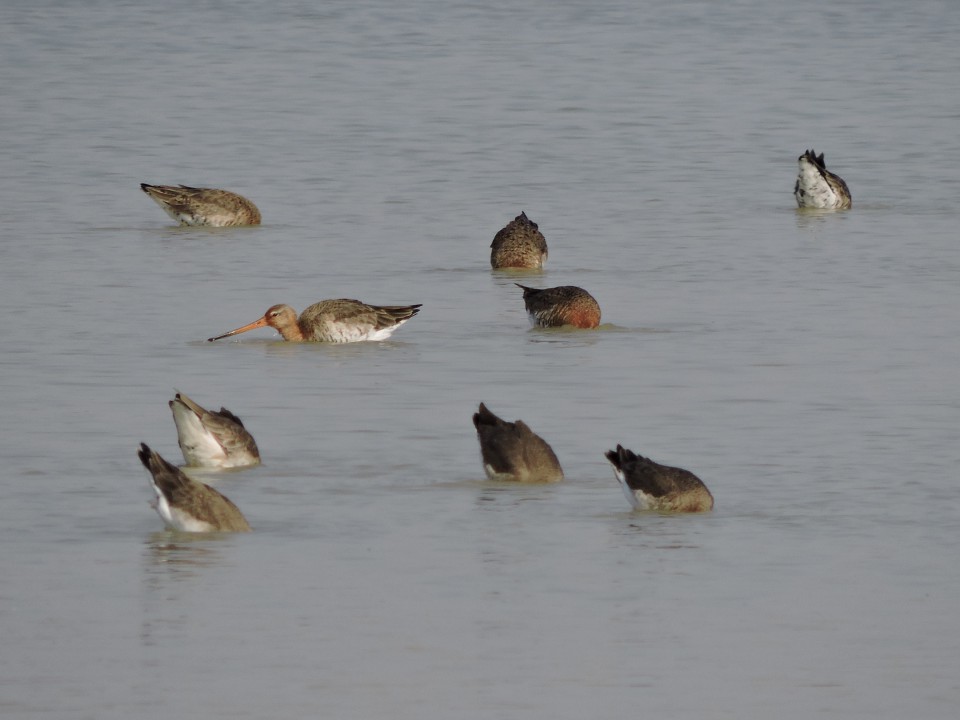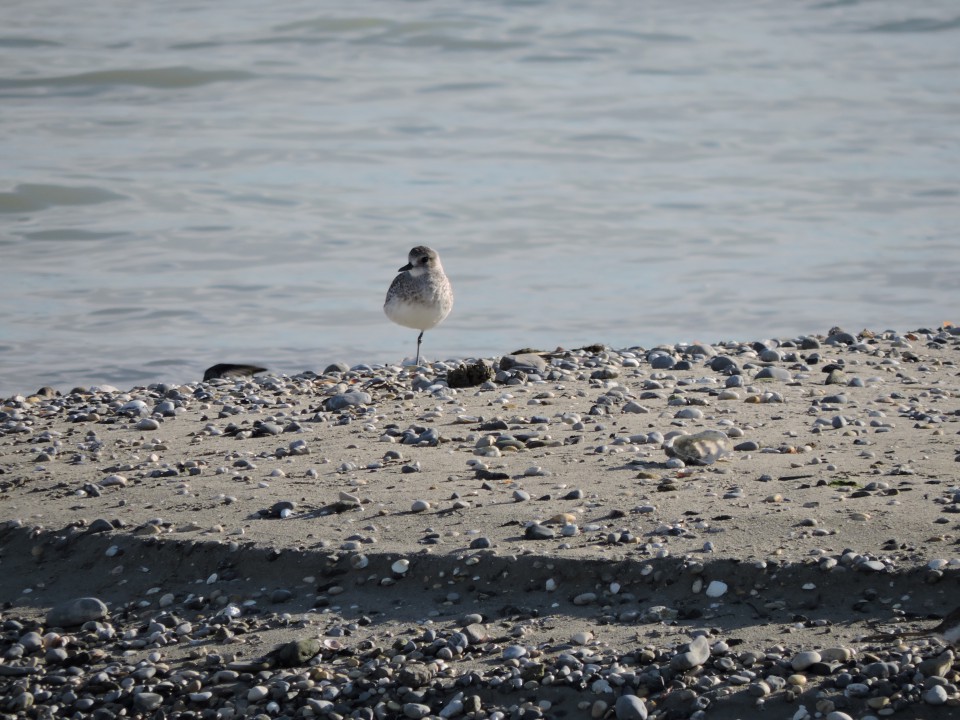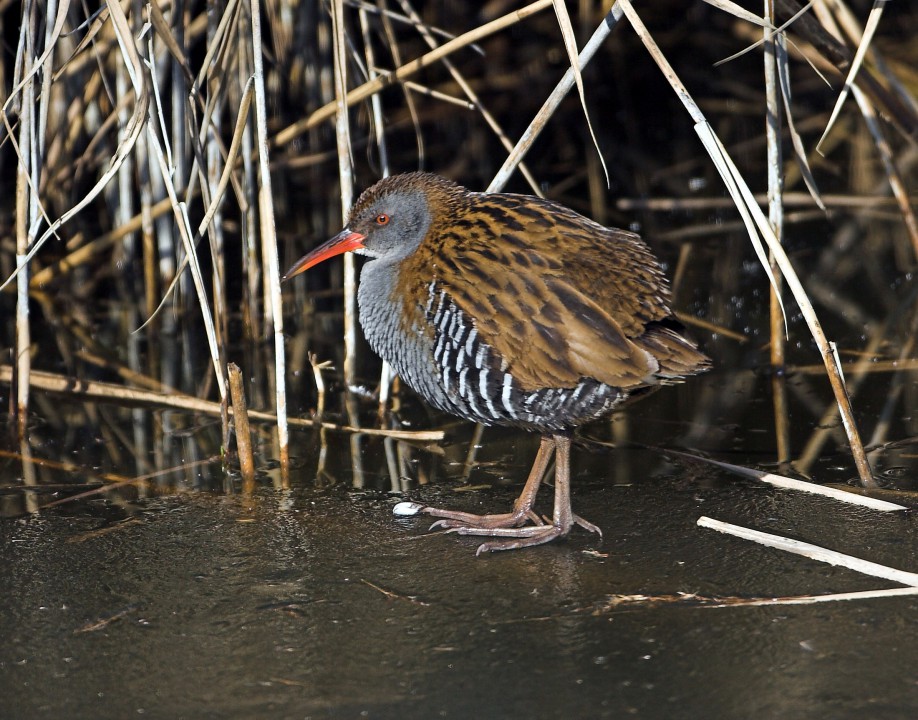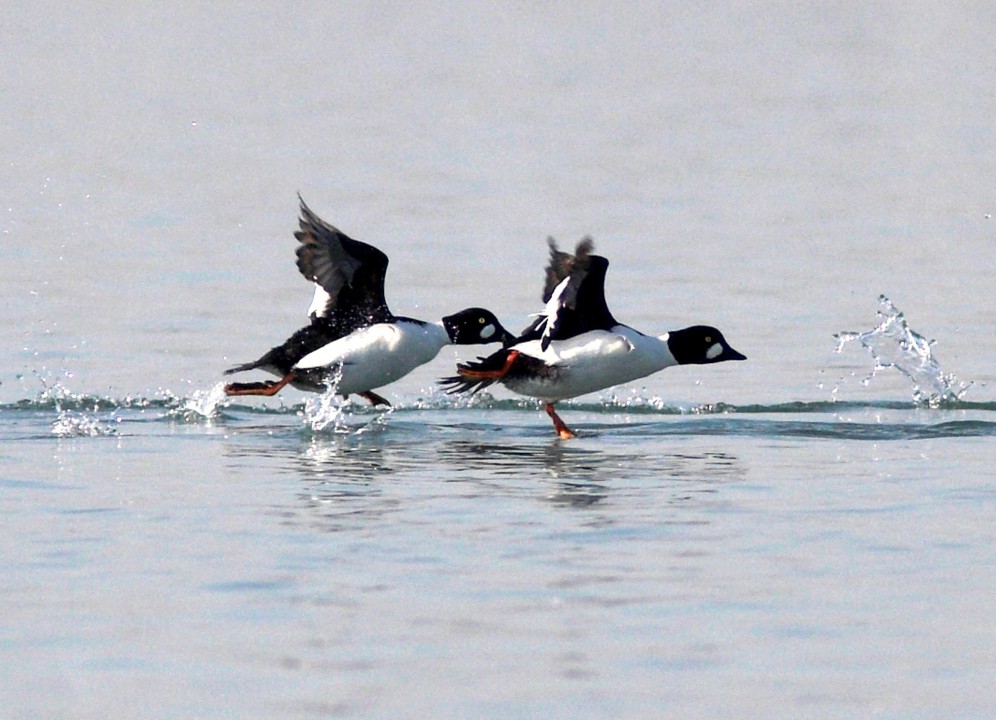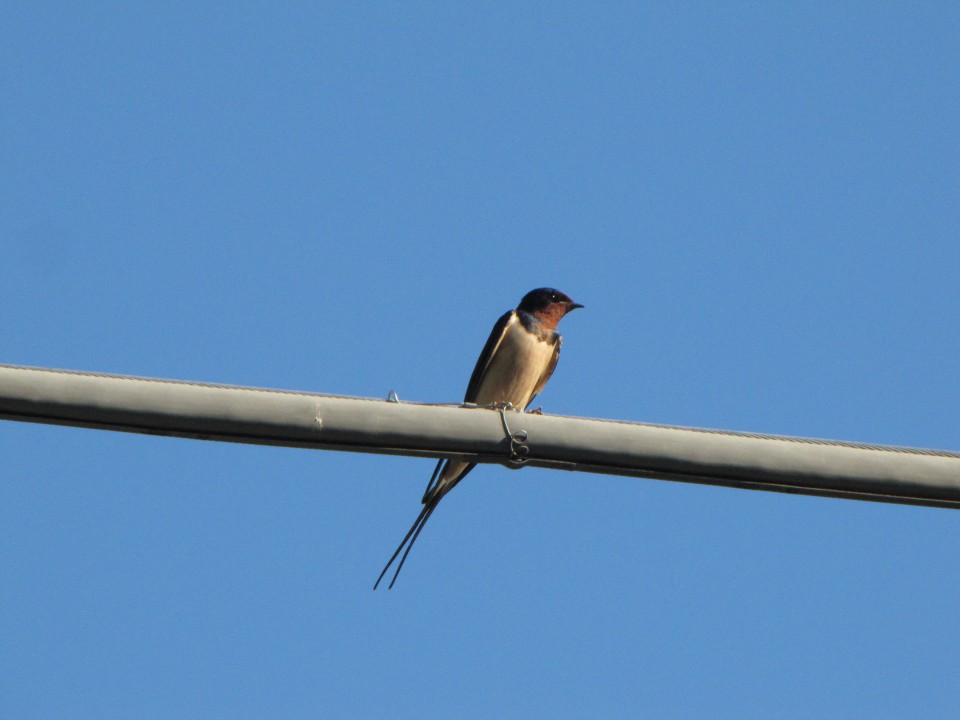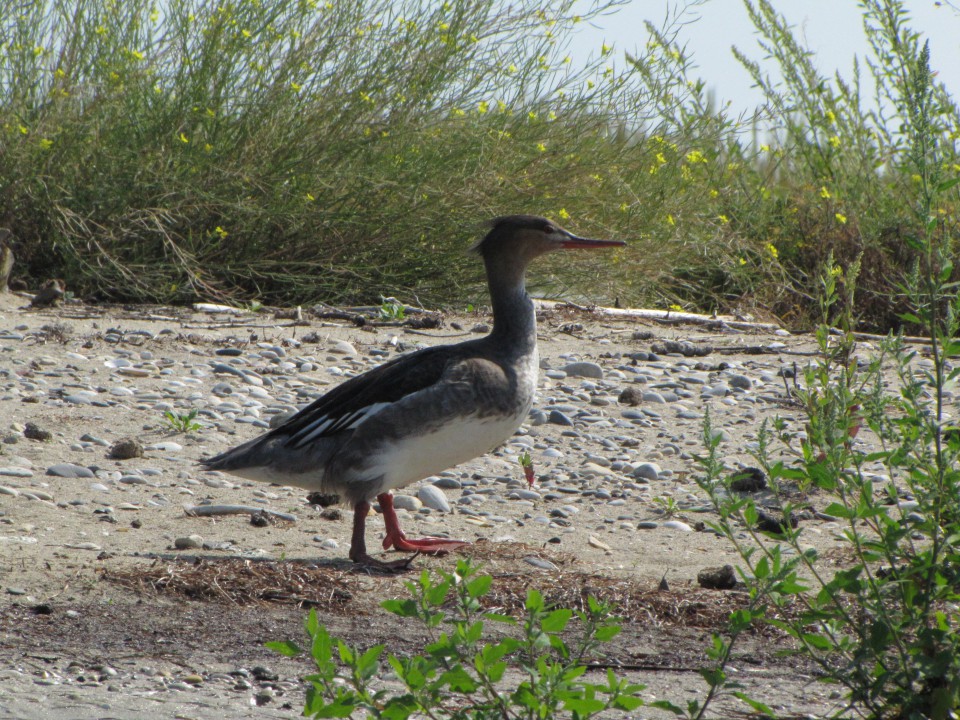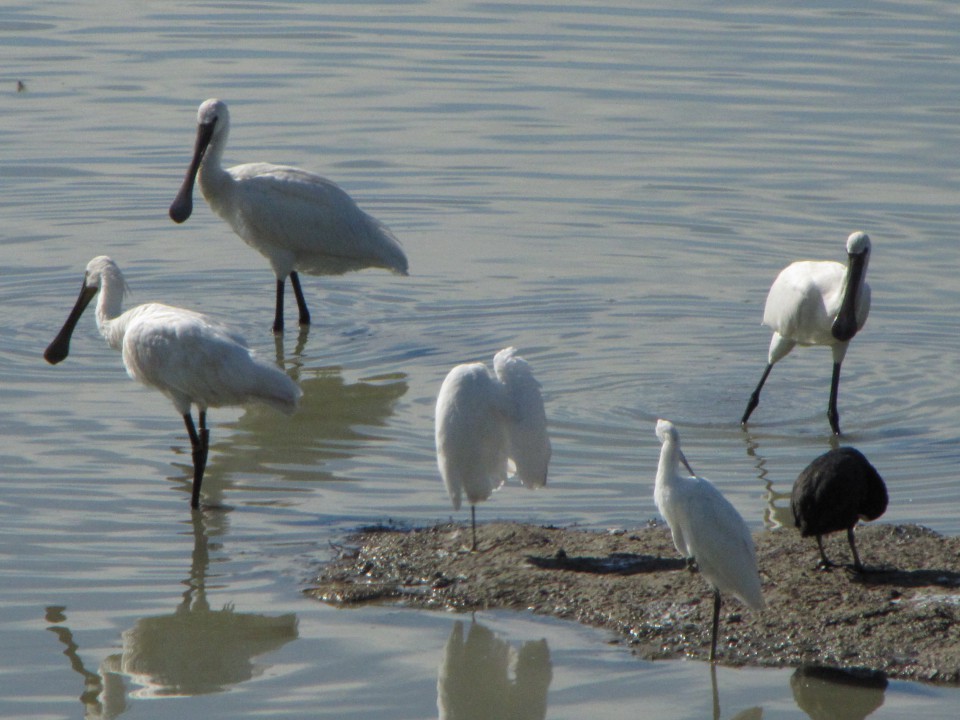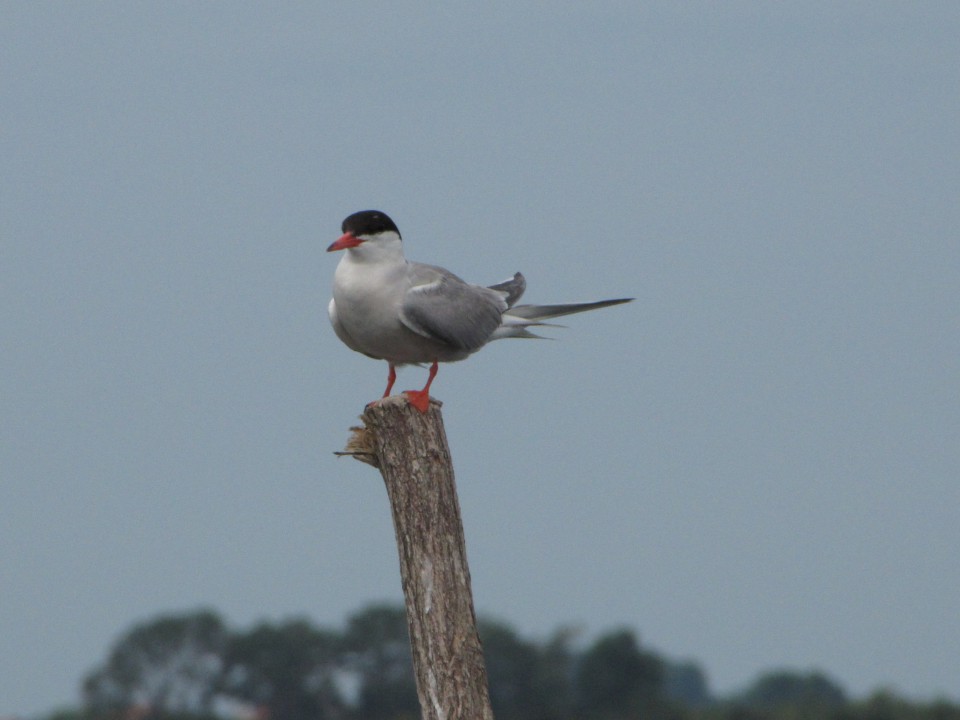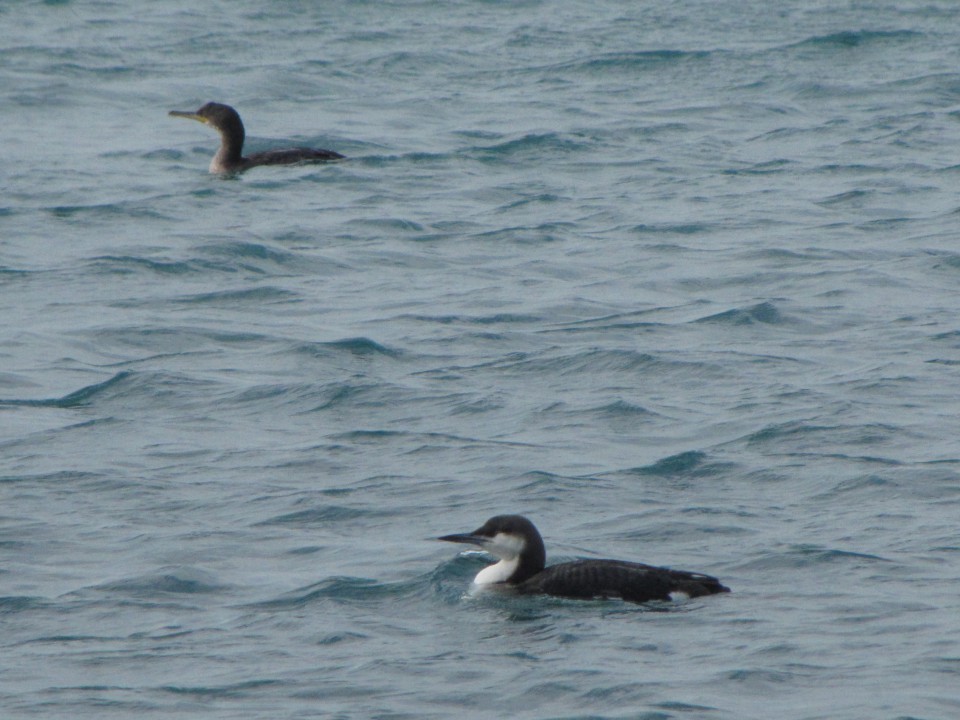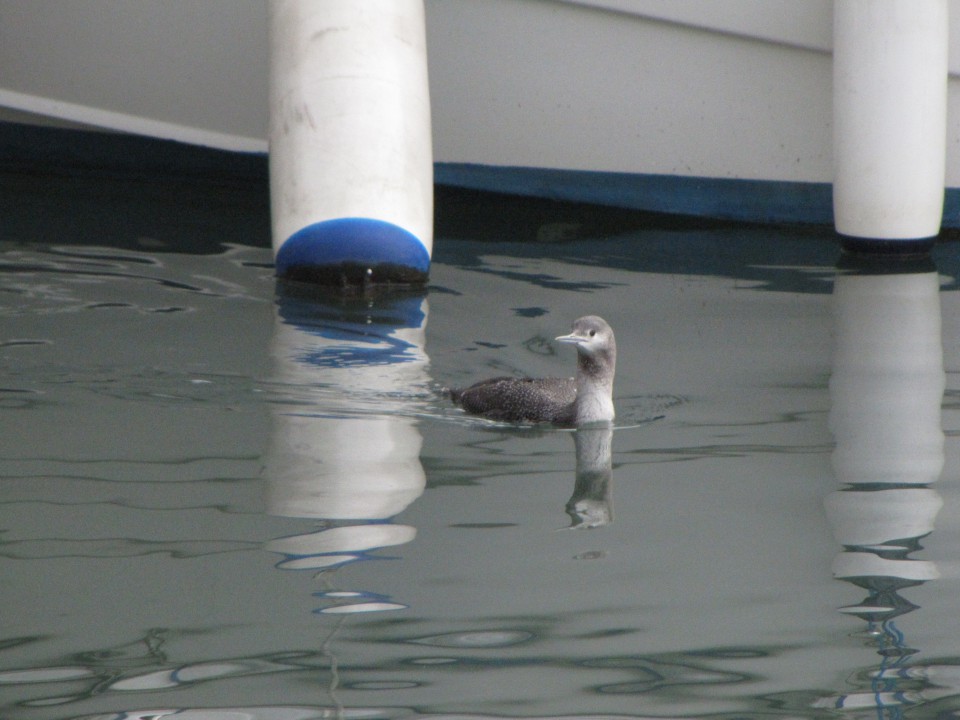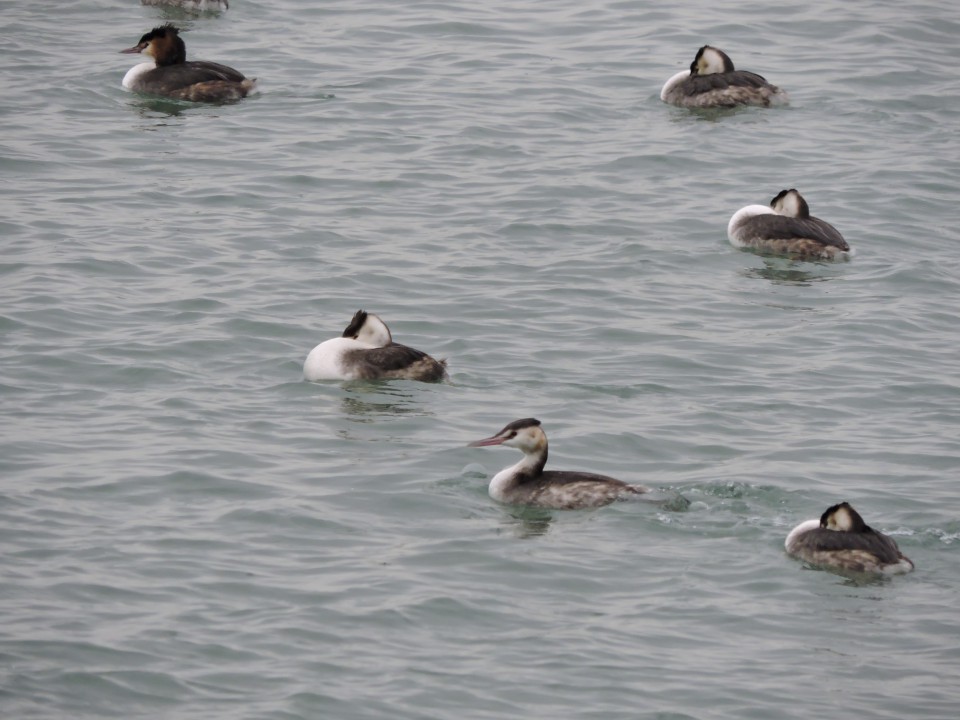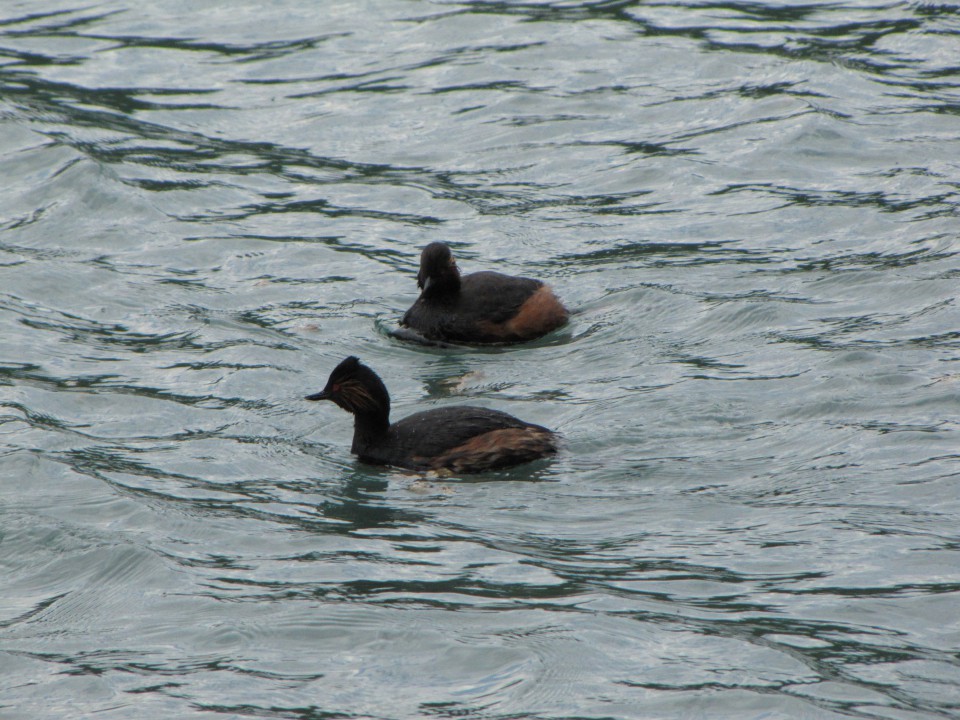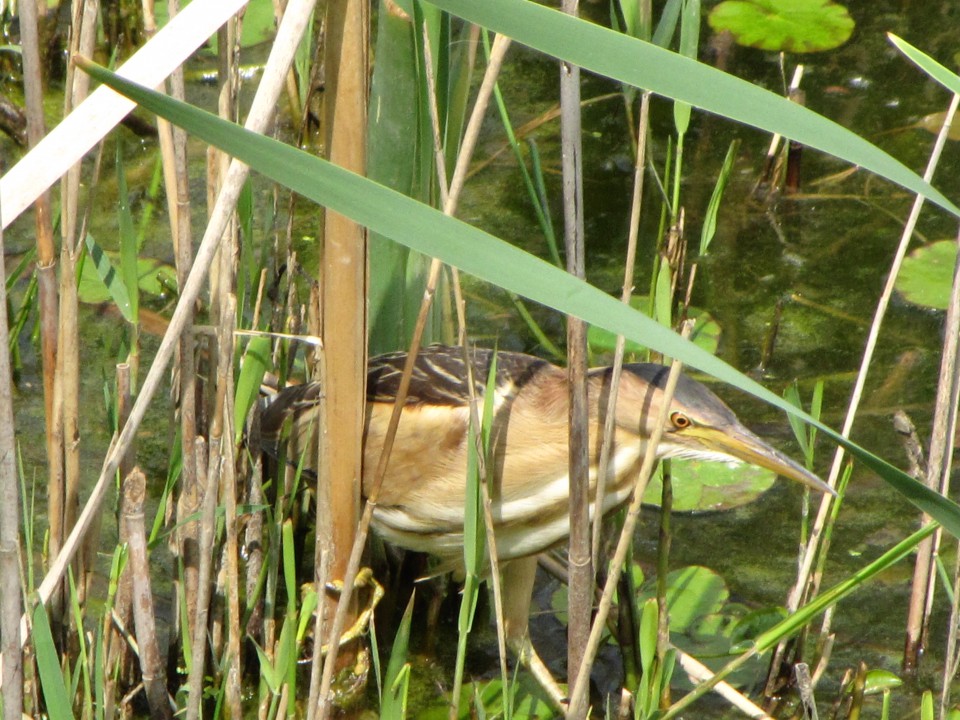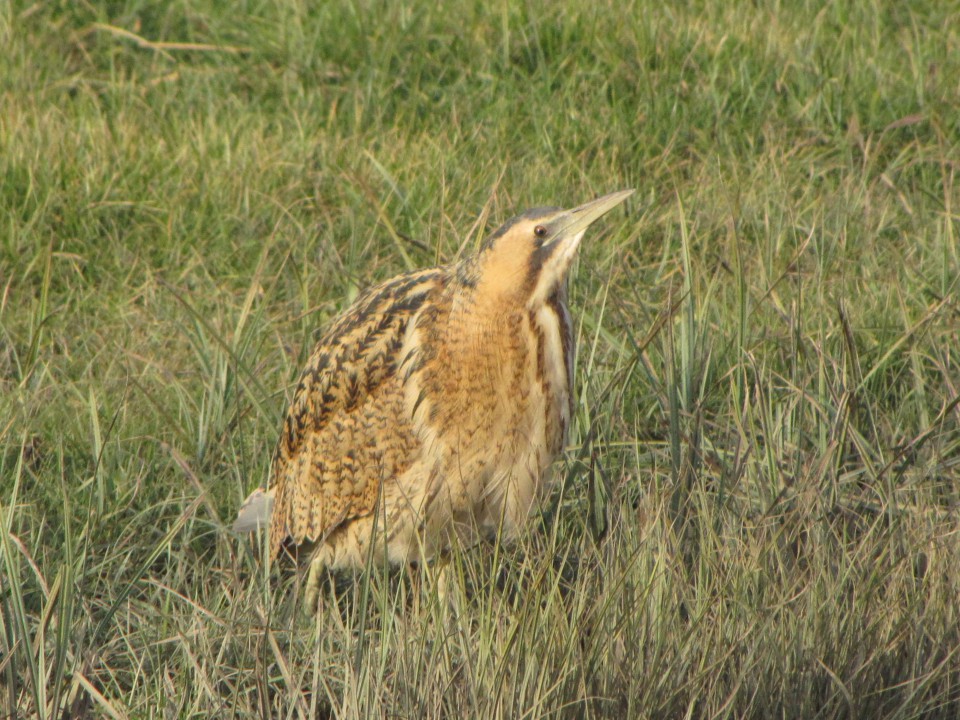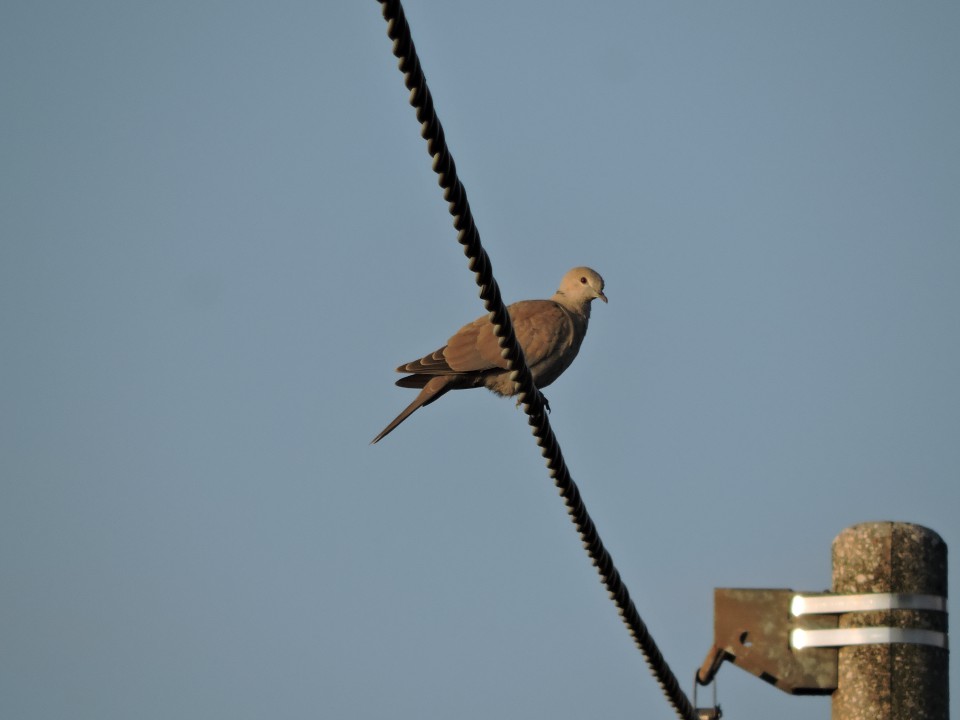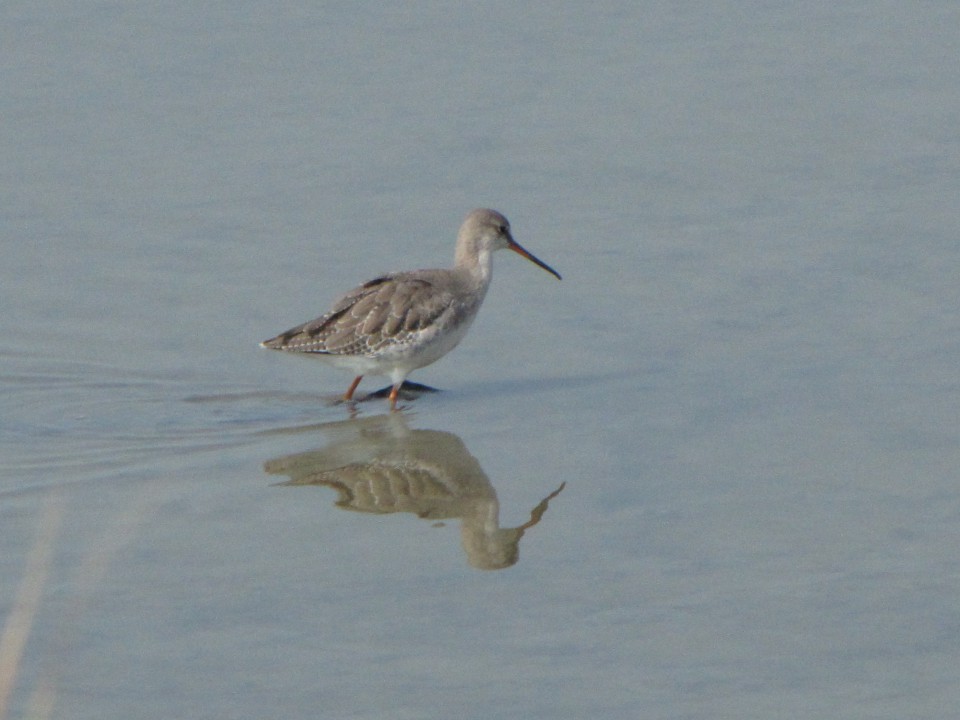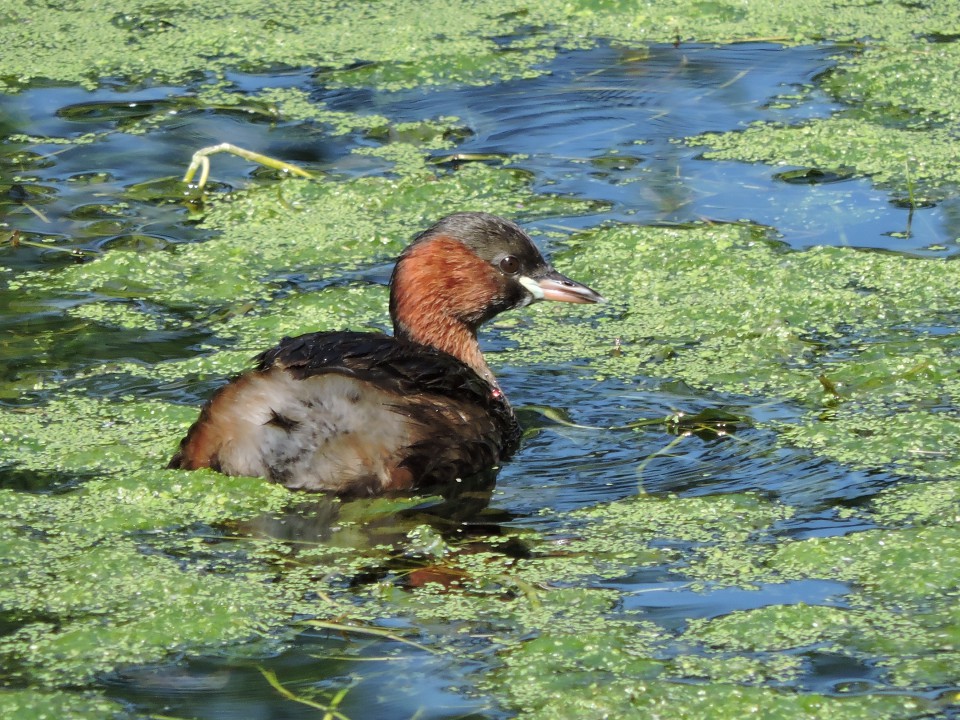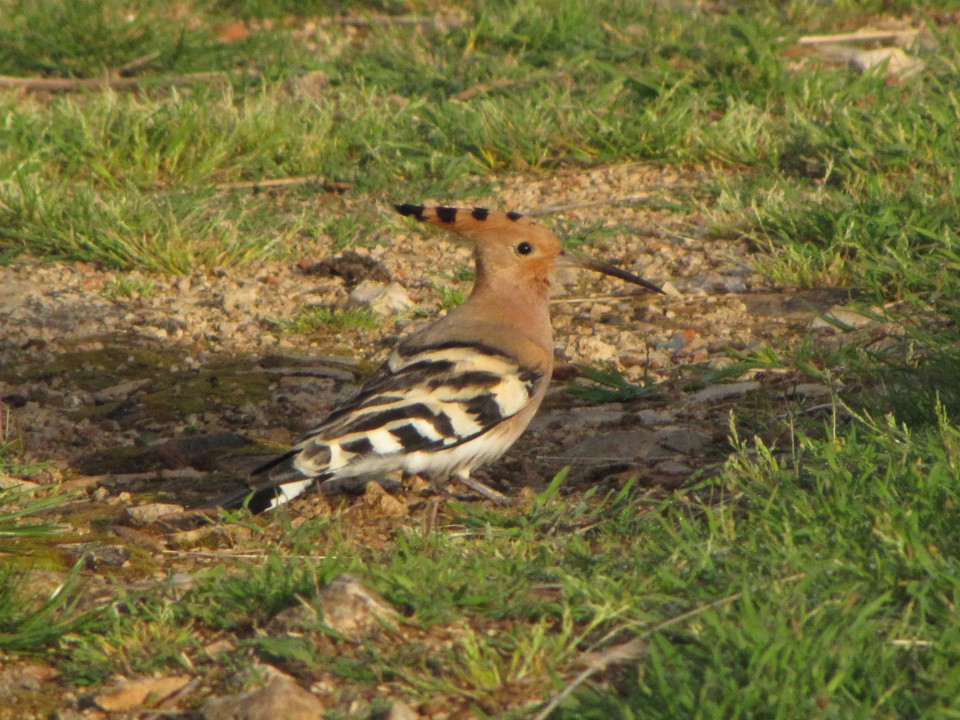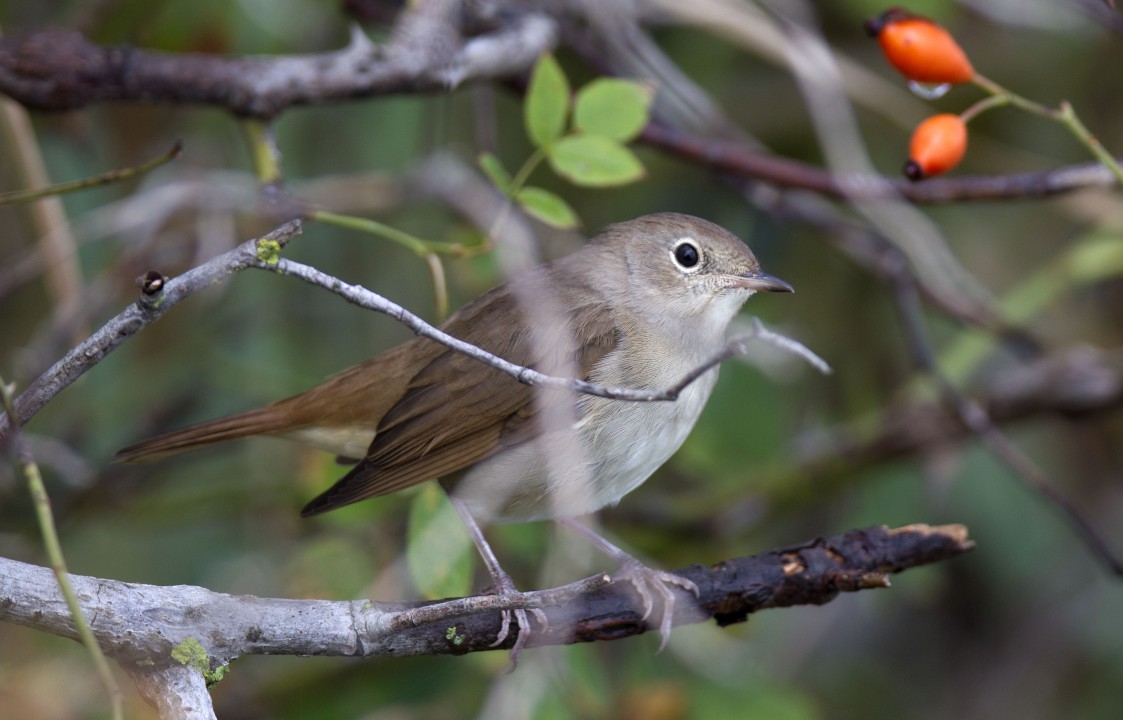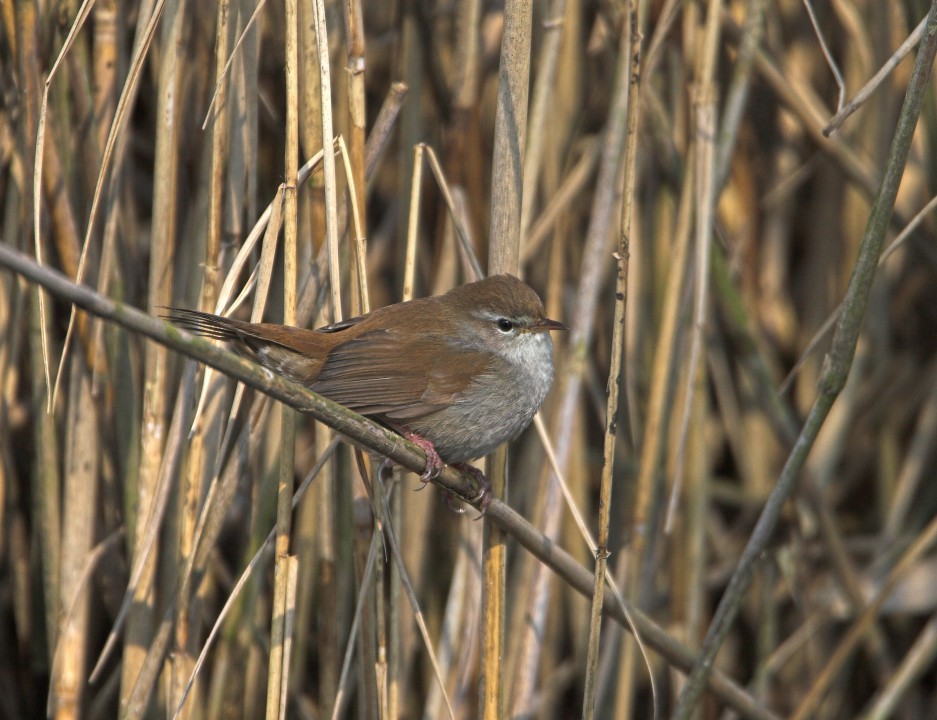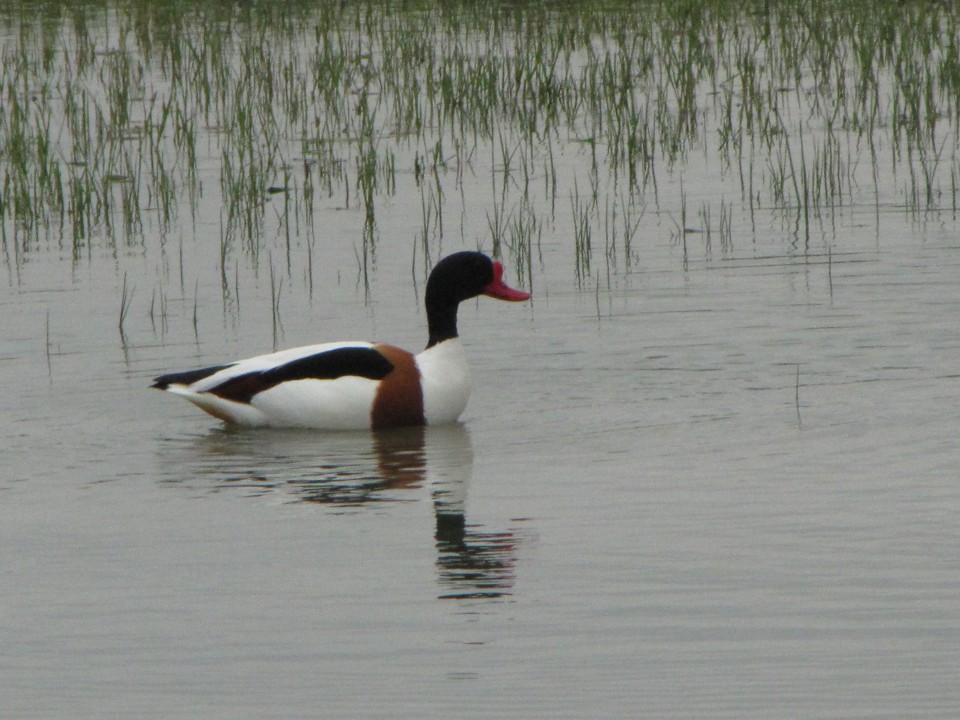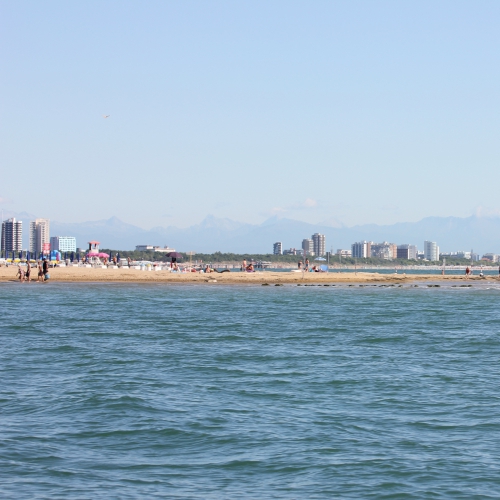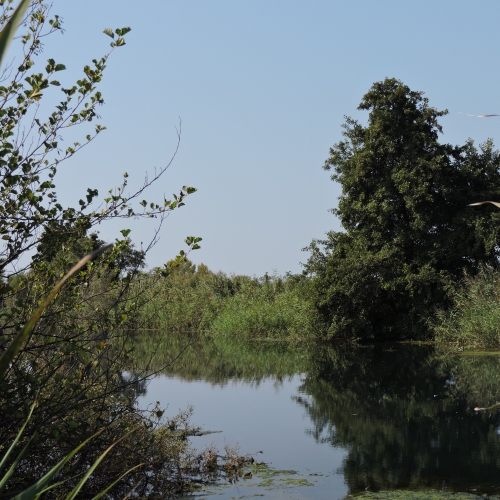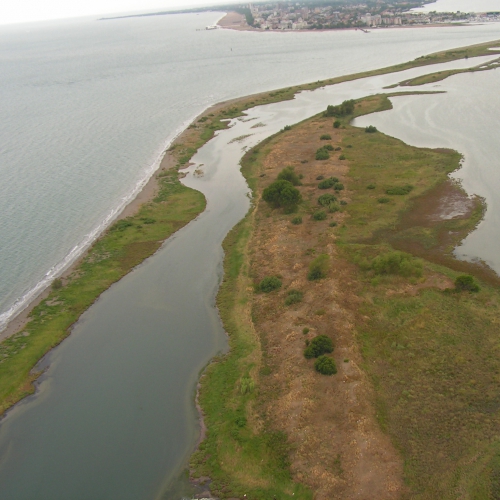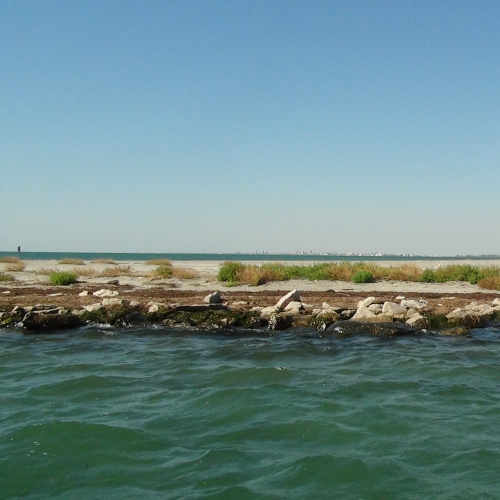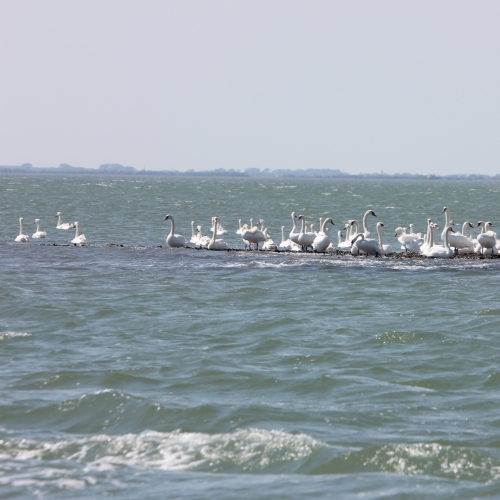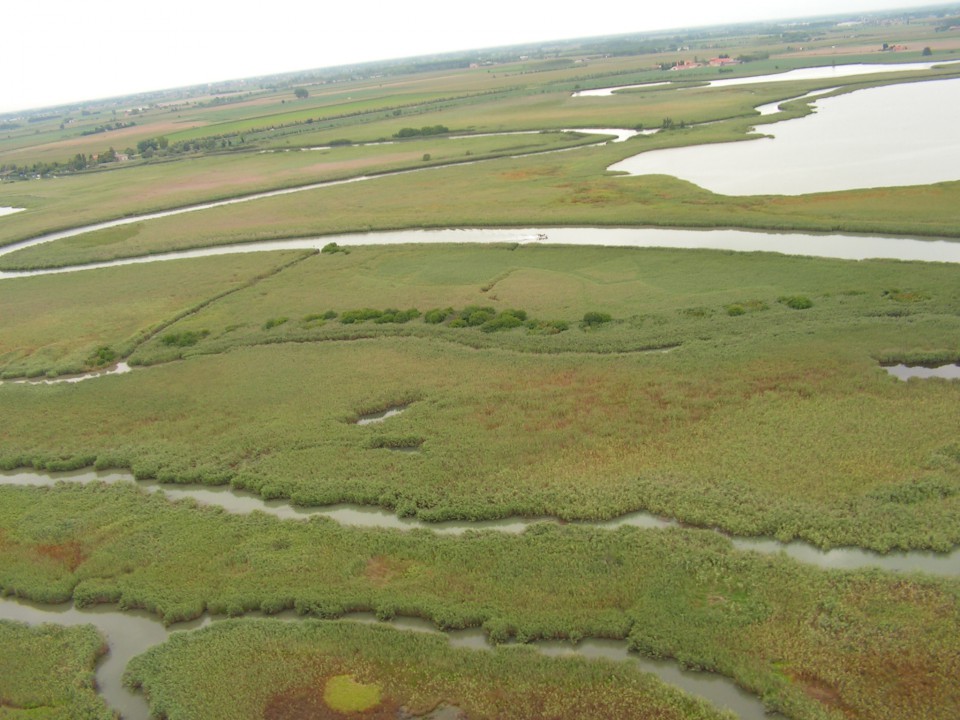
Descrizione
L’ultimo tratto del fiume Stella scorre libero da argini all’interno di un grande canneto fino a giungere al gruppo di casoni posto nei pressi della vecchia foce del fiume. Attualmente molta acqua sfocia in laguna attraverso il “verto grando”, apertura artificiale che permette l’entrata nel fiume dal canale Cialisia senza percorrere i meandri del corso originario. La penisola con il fiume al centro è un ambiente di rara naturalità, ricco di vegetali ed animali peculiari ma sfortunatamente l’ingressione marina si fa sentire fortemente in questo sito con la scomparsa di canneti e la riduzione della vegetazione di risorgiva. Nei pressi dell’idrovora Fraida, che serve le bonifiche verso Piancada, si trovano due bilance in un contesto di canneti e lembi di bosco ripariale.
Luoghi d'interesse
Il corso d’acqua disegna ampi meandri e rami secondari si dipartono in direzione di sacche lagunari poco profonde, salmastre e pescose....
Tradizioni
Il casone lagunare ha un’ origine molto antica e attualmente è presente nelle lagune di Grado Marano e nella laguna di Caorle, in...
Ambienti
Le zone normalmente emerse della laguna sono denominate “barene” e sono caratterizzate dalla vegetazione alofila cioè tipica...
Nel secolo scorso vaste zone lagunari e palustri circumlagunari sono state bonificate per ricavare nuove zone agricole, industriali ed urbane. Per...
A monte delle lagune si estendeva un vastissimo bosco di querce, carpini bianchi, olmi e frassini che assunse l’aspetto floristico attuale...
Alla foce dell’Isonzo e nella laguna di Marano si estendono ampie zone di foce fluviali con lembi di bosco ripariale, grandi canneti che...
Non è sempre facile individuare una chiara separazione tra gli ambienti alofili (salmastri) delle lagune e quelli d’acqua dolce alle...
Il sistema lagunare del Friuli Venezia Giulia si estende tra la foce dell’Isonzo e quella del Tagliamento. Rispetto alla “sorella...
Una delle più estese e vitali praterie sommerse del Golfo è quella antistante le foci dell’Isonzo. Si tratta di piante con...
Le zone regolarmente sommerse dall’alta marea che si scoprono durante la bassa prendono il nome di “piana di marea”. Nel Friuli...
Uccelli
cm 85-100, sessi simili. Piumaggio bianco, becco giallo che diviene nero in periodo riproduttivo. Presente tutto l’anno, non nidifica. Numeroso...
cm 84-102, sessi simili. Presente tutto l’anno nidifica in colonia in boschetti lagunari e altre zone boscate dell’entroterra. La nidificazione...
cm 45-52, sessi simili. Presente tutto l’anno. Si riproduce in alcuni boschetti lagunari associato ad altre specie di aironi. La nidificazione è...
cm 70-90, Sessi simili. Presente da fine marzo a settembre nidifica in colonia in rigogliosi canneti nella laguna di Marano e nei ripristini della...
cm 45-55, spiccato dimorfismo, il maschio è grigio con le punte delle ali nere, la femmina è bruna, entrambi hanno il groppone bianco. Presente...
cm 34-38, è l’ anatra più piccola. Specie prevalentemente svernante, alcune coppie nidificano e concentrazioni si osservano nelle zone umide...
cm 14-15.5 - il maschio ha la testa grigia con “basetta” nera, femmina beige, coda lunga e rossastra. Presente tutto l’anno ma in forte...
cm 23-28, sessi simili. Molto mimetico con un piumaggio bruno striato, ha un lungo becco diritto ed un volo caratteristico a zig-zag. Presente da...
cm 10-11, sessi simili. Piumaggio giallastro striato di scuro. Caratteristico canto : zip-zip-zip emesso in volo. Frequenta zone costiere ad alte...
cm 37-43, sessi simili, grigio chiaro superiormente, bianco nelle parti inferiori, con calottina nera con ciuffo sulla nuca e becco nero con apice...
cm 46-56, caratteristico “specchio alare” bianco. Specie prevalentemente svernante, alcune coppie nidificano. Frequenta le zone umide d’acqua...
cm 12.5-14, piumaggio bruno chiaro con ventre chiaro. Presente da aprile a settembre nei canneti dove nidifica. E’ la specie più frequente tra i...
cm 16-20, essi simili. Bruno chiaro con parti inferiori biancastre. Presente da aprile a settembre nei canneti dove nidifica. Il forte canto di...
cm 33-36, sessi simili. Bianco e nero, zampe rosse lunghissime. Presente da marzo e settembre-ottobre. Nidifica nelle valli da pesca e nelle paludi...
cm 48-57, sessi simili. Brunastro con lungo becco ricurvo. Presente tutto l’anno ma non nidifica. Forma aggregazioni durante l’alta marea su...
cm 37-45, sessi simili. Brunastro con becco ricurvo, più corto del chiurlo maggiore, presenta caratteristiche strie scure sulla testa. Presente...
cm 140-160, colore bianco, grigio nei giovani, tubercolo alla base del becco, più evidente nel maschio. Presente tutto l’anno, numeroso presso...
cm 23-28, sessi simili, grigiastra. E’il rapace notturno più frequente e si osserva nelle zone agricole spesso presso edifici dove nidifica....
cm 51-62, anatra elegante con collo lungo e, nel maschio lunghe timoniere centrali. Specie svernante, frequenta le piane di marea, i ripristini...
cm 38-43 sessi simili, grigio con fasce alari bianche. Presente tutto l’anno nidifica comunemente nei boschetti delle isole lagunari e delle zone...
cm 22-32, spiccato dimorfismo sessuale: il maschio è nettamente più grande e a maggio inizia a vestire un caratteristico abito nuziale. Il...
cm 77-94, sessi simili. Come pellicani e sule ha le 4 dita congiunte dalla membrana natatoria. Specie presente tutto l’anno, aumenta notevolmente...
cm 15.5-18, sessi simili. Beige superiormente con strie nere sul capo e sul petto, bianco inferiormente. Presente da marzo a settembre, nidifica...
cm 33-36, sessi simili. Esiste una forma grigia ed una rossa, ali appuntite ricorda vagamente un uccello rapace ma la testa è piccola e il becco...
cm 15-16, maschio con capo grigio e gola bianca nella sottospecie cinerocapilla , ventre giallo, coda lunga con timoniere esterne bianche. Durante le...
cm 43-55, spiccato dimorfismo, il maschio è più colorato mentre la femmina è tutta scura con testa e spalle giallo paglierino. Presente tutto...
cm 38-45, sessi simili. Parti superiori grigie-brune nei giovani, parti inferiori bianche barrate, ali appuntite e volo veloce. Presenta rutto...
cm 52- 60, parti superiori scure, inferiori bianche, ali lunghe. Presente durante le migrazioni in particolare in aprile -maggio e agosto-settembre....
cm 120-145, gli adulti hanno un tipico piumaggio rosa-rosso mentre i giovani sono grigi. Presente tutto l’anno ma con consistenze molto variabili...
cm 42-50, il maschio presenta una caratteristica macchia bianca sulle copritrici dell’ala. Specie svernante molto numerosa da settembre a marzo,...
cm 36-42, sessi simili. Nera fumo con becco e placca frontale bianca. Corre sull’acqua per prendere il volo. Presente tutto l’anno, nidifica con...
cm 35-39, sessi simili. A febbraio veste il cappuccio bruno scuro dell’abito nuziale che poi perde in luglio-agosto. Presente tutto l’anno...
cm 37-40, sessi simili. Rispetto al gabbiano comune ha il becco più massiccio e rosso corallo, la testa nera-durante la nidificazione- e le punte...
cm 52-58, sessi simili. Grigio superiormente, bianco inferiormente. Presente tutto l’anno e nidificante abbondante in laguna, sui tetti di Trieste...
cm 27-31, sessi simili. Scura con coda in parte bianca e becco rosso e giallo. Presente tutto l’anno, nidifica nelle zone umide d’acqua dolce e...
cm 55-65, sessi simili. Piumaggio bianco con lunghe penne, dette egrette. su nuca e dorso durante il periodi riproduttivo. Presente tutto l’anno...
cm 40-46, essi simili. Ricorda un gabbiano reale di minori dimensioni. Presente da novembre ad aprile, numerosa in alcuni inverni, Frequenta il mare,...
cm 50-60. spiccato dimorfismo, è il progenitore dell’anatra domestica. Presente tutto l’anno, molto adattabile, frequenta sia le zone umide che...
31-37 cm , il maschio ha coda e capo grigi, parti superiori rossastre, La femmina ha coda rossastra barrata. Presente tutto l’anno, nidifica in...
cm 96-119, sessi simili. Grigia con il capo bianco e nero e le punte delle ali nere. Vola con il collo teso, a differenza degli aironi che lo...
cm 25.29, sessi simili. Molto colorato ha un caratteristico volo adatto alla cattura di grossi insetti in volo. Si posa su rami senza foglie, fil...
cm 29-35 sessi simili, scuro superiormente, con petto gocciato e parti basse rosse. Presente da aprile a settembre-ottobre, nidifica nei boschi...
cm 68-78, sessi simili. Il breve ciuffo è presente negli adulti in inverno e inizio primavera. Presente tutto l’anno diviene raro in inverno e...
cm 45-55, sessi simili Presente tutto l’anno nidifica in colonie, associato a varie specie di aironi. in alcuni boschetti lagunari. La...
cm 17-19, sessi simili. Azzurro superiormente, rosso inferiormente con grande becco scuro e coda molto corta che in volo lo fanno sembrare un...
cm 37-41, il maschio presenta una caratteristica striscia bianca dall’occhio alla nuca. Specie migratrice è presente da marzo a settembre....
cm 44-52, il maschio presente un caratteristico petto bianco. Specie prevalentemente svernante, alcune coppie si riproducono. Frequenta le zone umide...
cm 13-5-15.5 - il maschio in abito nuziale ha la testa nera. In abito invernale i sessi sono simili, con piumaggio brunastro, con coda relativamente...
cm 55-65, sessi simili. E’ l’unico ibis europea se si escludono l’Ibus sacro- introdotto- e l’Ibis eremita, estinto in Europa e di cui si...
cm 22-26, sessi simili. Grigio scuro sulle ali Nerastro sul corpo, con ali appuntite. Presente da aprile a settembre, non nidifica. Frequenta le zone...
cm 40-47, il maschio presenta un caratteristico piumaggio bianco e nero. Anatra tuffatrice presente prevalentemente durante lo svernamento. Ha...
cm 42-49, il maschio ha la testa rossastra. Anatra tuffatrice, presente soprattutto durante lo svernamento, alcune coppie nidificano nella laguna di...
cm 58-65, sessi simili, adulti neri e grigi, giovani bruni. Presente dalla primavera all’autunno. Rara d’inverno. Nidifica in colonia associata...
cm 64-78, caratteristiche strie nere sull’addome e fronte bianca. Specie svernante, forma stormi anche numerosi, talora associati ad altre specie...
cm 74-84 grigia, sono evidenti in volo le copritrici chiare, è la progenitrice dell’oca domestica. Presente tutto l’anno, frequenta per...
cm 30-34, sessi simili. Grigia superiormente, biancastra inferiormente, becco relativamente grosso leggermente rivolto all’insù. Presente tutto...
cm 28-31, sessi simili, nera cangiante superiormente, bianca inferiormente con caratteristico ciuffo sulla nuca ed ali arrotondate. Presente tutto...
cm 10-11.5, sessi simili. Testa grigia con stria nera sull’occhio. “teoricamente” presente tutto l’anno in canneti e boschi ripariali, ormai...
cm 24-27, sessi simili. Grigio-bruna superiormente, più chiara inferiormente con evidente barra bianca sull’ala, più scura in abito nuziale;...
cm 17-21, sessi simili. Caratteristico ventre nero e parti superiori rossastre, grigiastro d’inverno. E’ il “limicolo” più numeroso durante...
cm 18.5-21, scuro e picchiettato di chiaro superiormente, più chiaro inferiormente. Presente da marzo a settembre, scarso a giugno, non nidifica....
cm 20-24, scuro superiormente, bianco sulle parti inferiori, più contrastato dell’affine boschereccio. Presente tutto l’anno ma non nidifica....
cm 18-20,5 bruno chiaro superiormente. bianco sulle parti inferiori. Le ali hanno una sottile barra chiara e vengono spesso bloccate brevemente nel...
cm 37-42, sessi simili. Grigio bruno con parti inferiori biancastre in abito non riproduttivo, rossastre in abito nuziale, Più allungata e con zampe...
cm 26-29, sessi simili. Piumaggio grigio, bianco e nero sulle parti inferiori durante il periodo riproduttivo. Grigia d’inverno con...
cm 48-56, sessi simili, piumaggio molto variabile, in genere bruna con chiazze chiare. Presente tutto l’anno, più numerosa anche in laguna durante...
cm 23-26, sessi simili. Grigio inferiormente, bruno striato superiormente, becco lungo e ricurvo. Presente tutto l’anno, più numeroso d’inverno,...
cm 40-48, il maschio ha la testa nera con una caratteristica macchia bianca sulle guance. Presente durante lo svernamento e le migrazioni, frequenta...
cm 17-21, sessi simili. Nera superiormente, gola rossa e ventre biancastra. Presente da marzo-aprile e settembre-ottobre, Nidifica sotto manufatti...
cm 52-58, maschio con testa verde scuro e collarino bianco, femmina con testa rossastra. Presente durante lo svernamento è frequente durante la...
cm 80-93, piumaggio bianco e becco piatto e largo all’apice. Presente tutto l’anno, più scarsa in autunno. Molto localizzata nelle presenze nei...
cm 34-37, sessi simili. Grigia chiara superiormente bianca nelle parti inferiori, con calottina nera e becco rosso. È la classica rondine di mare...
cm 63-75, sessi simili. D’inverno il piumaggio è grigio scuro superiormente, biancastro inferiormente Il becco è più massiccio e tenuto...
cm 55-67, sessi simili. Durante l’inverno ha un piumaggio grigio, biancastro inferiormente. Presente d’inverno in mare e nelle zone più profonde...
cm 46-51, sessi simili Grigio superiormente, biancastro inferiormente, nell’abito nuziale mostra evidenti ciuffi sul capo e guance. Presente tutto...
cm 28-34, sessi simili. Grigio e biancastro d’inverno, veste il collo nero ed un ciuffo giallo dietro l’occhio rosso a marzo. Presente da agosto...
cm 22-28, il maschio è giallastro e nero sul capo, sul dorso e sulle ali, la femmina è simile ma con brunastro al posto del nero. E’il più...
cm 69-81, sessi simili. Piumaggio mimetico. Presente durante lo svernamento e le migrazioni. Ha nidificato saltuariamente. Frequenta le zone umide...
cm 29-33, sessi simili. Piumaggio beige chiaro con collarino nero. Presente tutto l’anno, spesso associata agli insediamenti umani in città,...
cm 29-33, sessi simili, Abito nuziale nerastro, abito post riproduttivo biancastro inferiormente e grigio superiormente, becco sottile e zampe...
cm 23-29, sessi simili, bruno d’inverno, nero con guance sossastre in abito riproduttivo. Presente tutto l’anno, nidifica nelle zone umide...
cm 25-29, sessi simili, piumaggio arancio barrato di nero, cresta erettile sul capo, volo sfarfallante. Presente da aprile a settembre ed è...
cm 15-16.5, sessi simili. Bruno rossastro superiormente più chiaro nelle pari inferiori. Presente da aprile a settembre. Nidifica in boschetti...
cm 13.14, sessi simili. Piumaggio bruno rossastro, Canto forte e scoppiettante che risuona spesso al nostro arrivo nel territorio di un maschio....
cm 55-65, aspetto bianco e scuro, becco rosso con tubercolo nel maschio. Presente tutto l’anno, frequenta le zone soggette a marea e le valli da...

